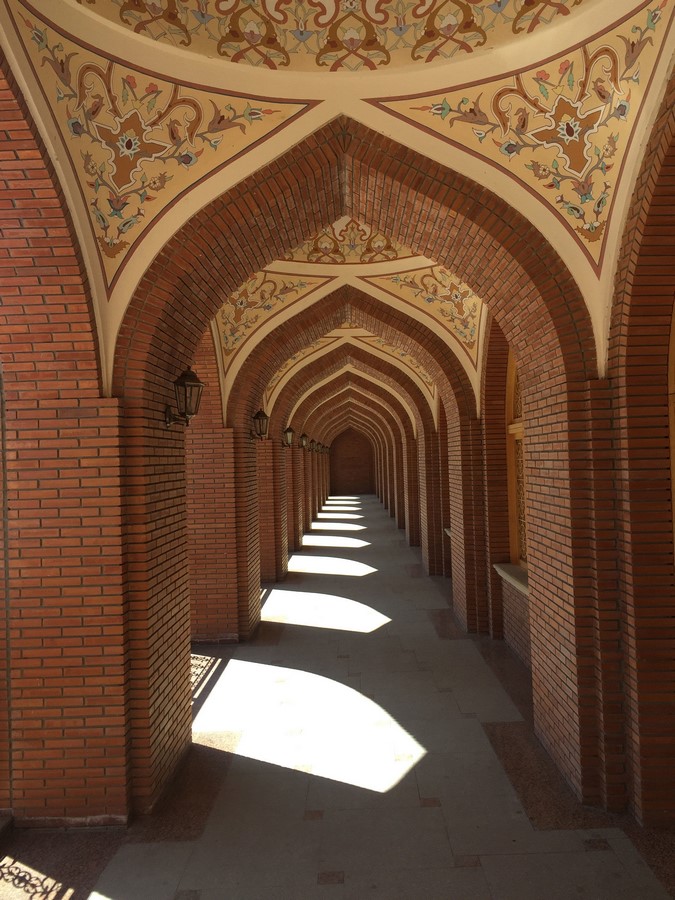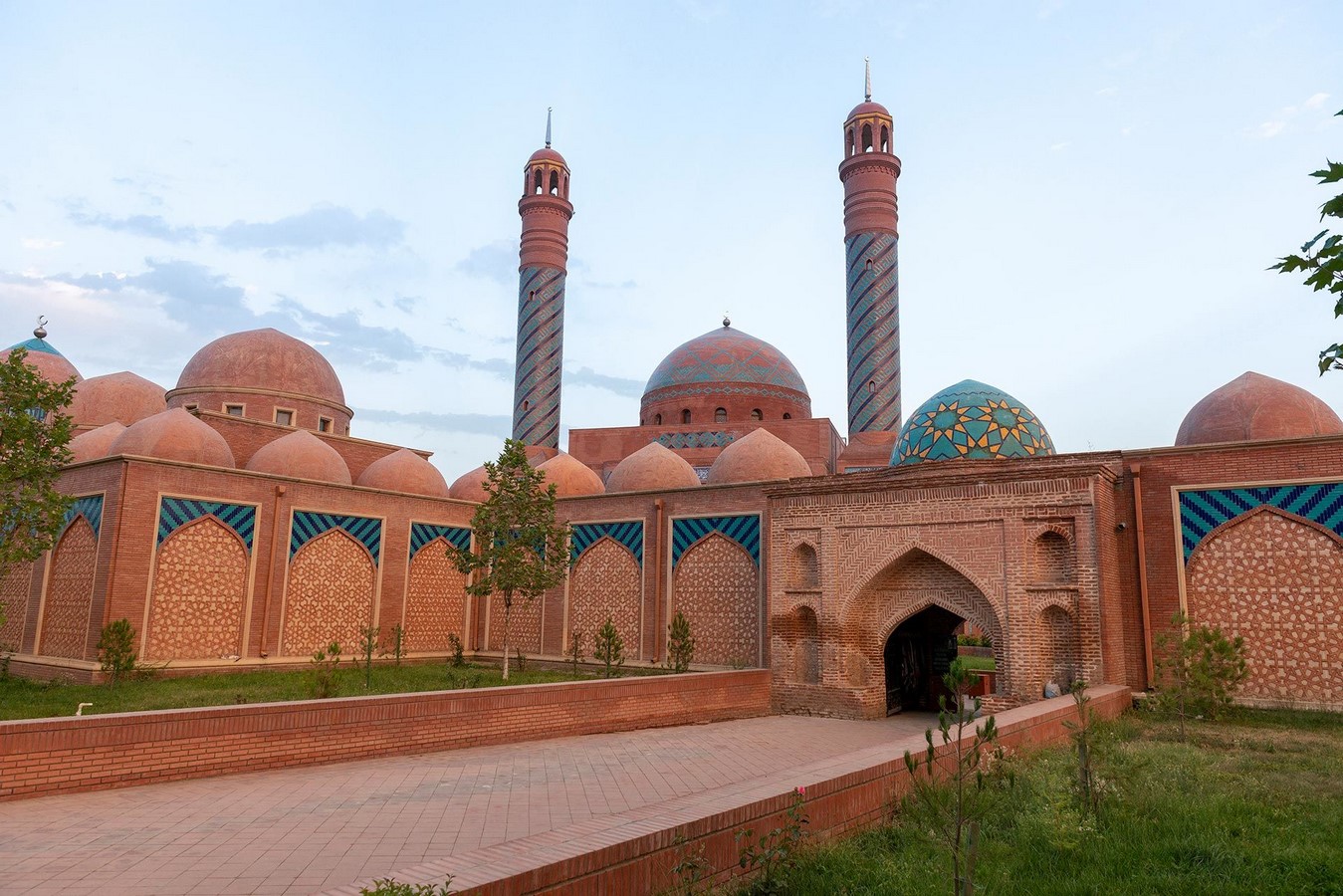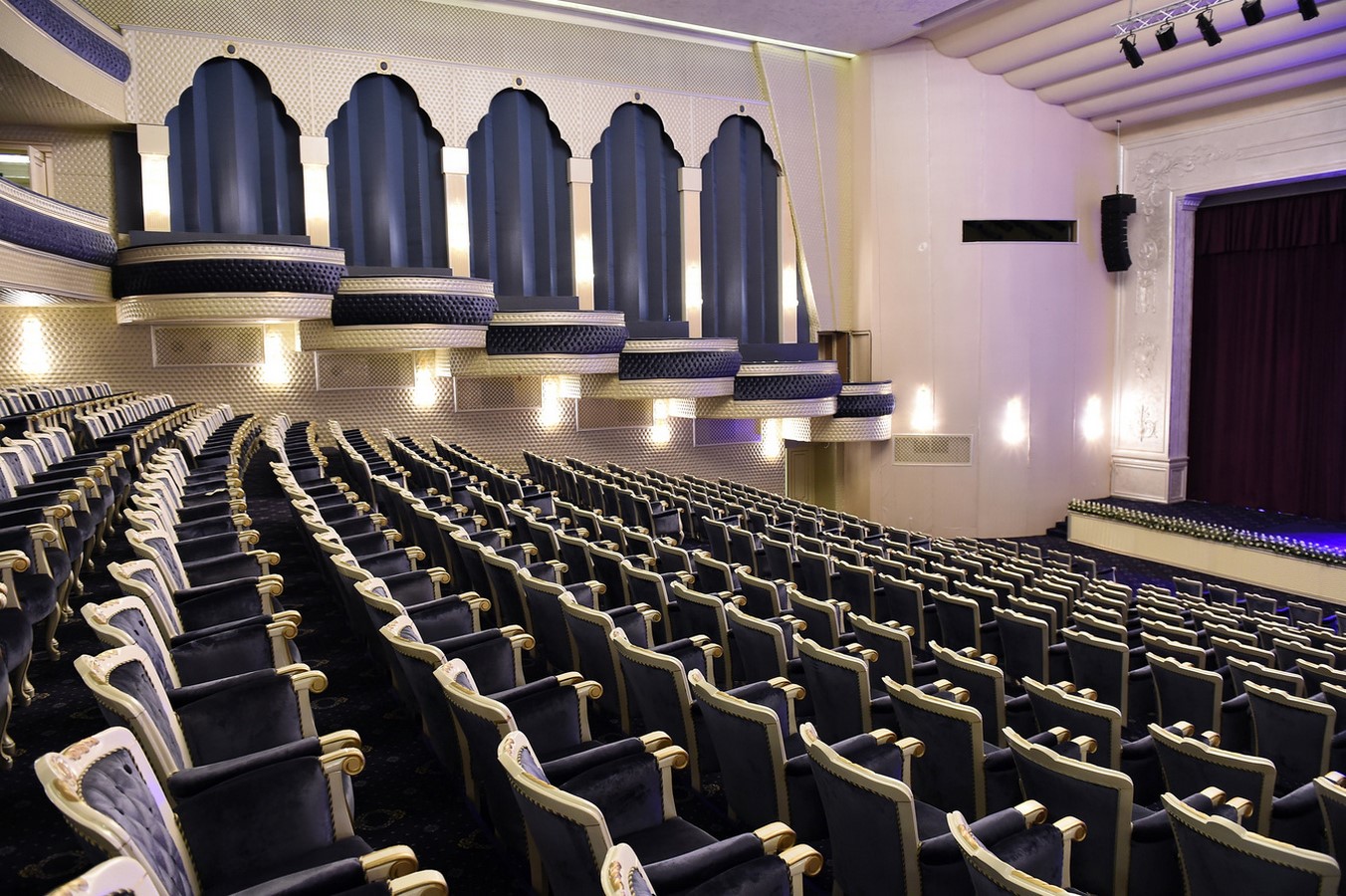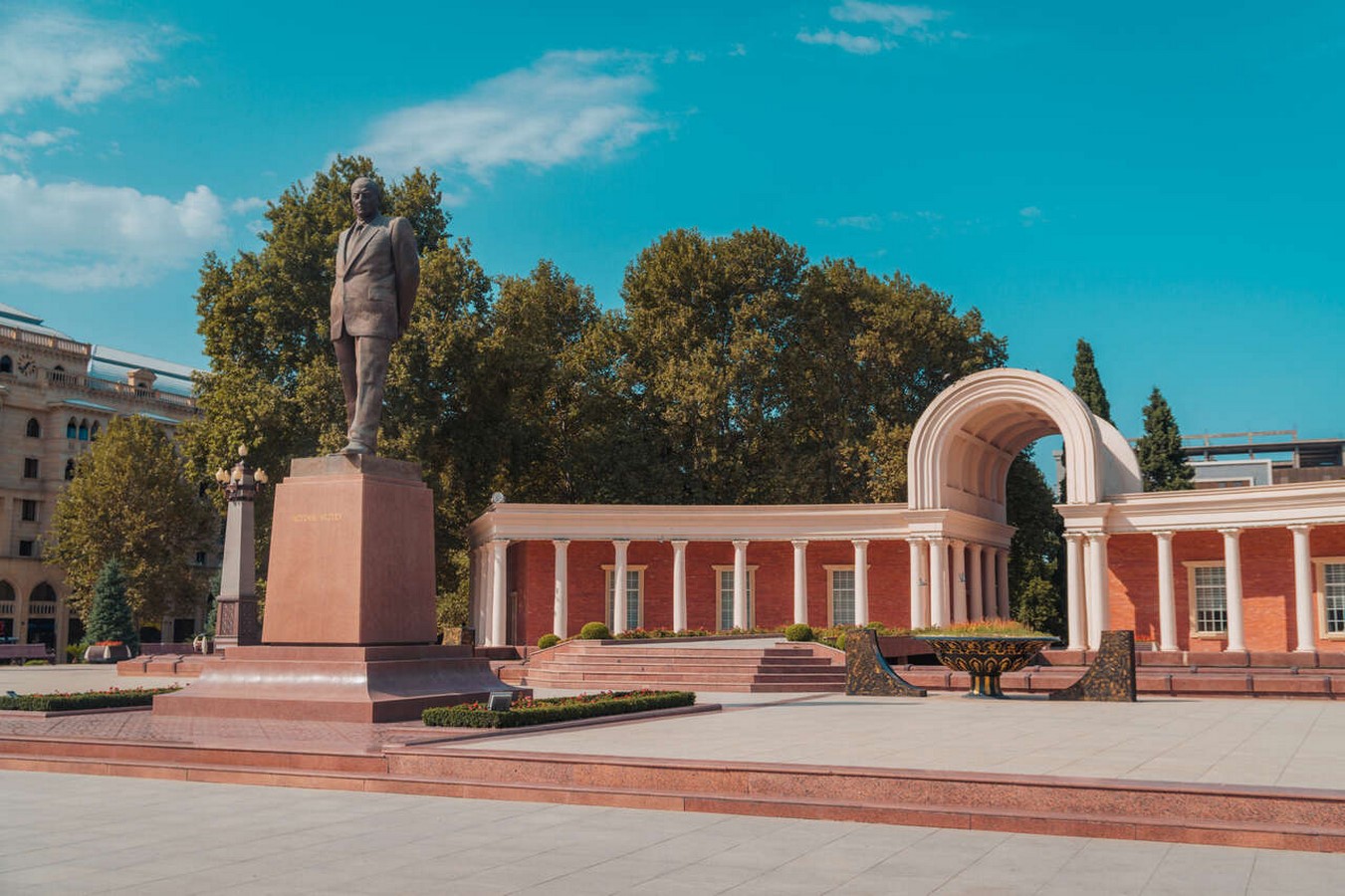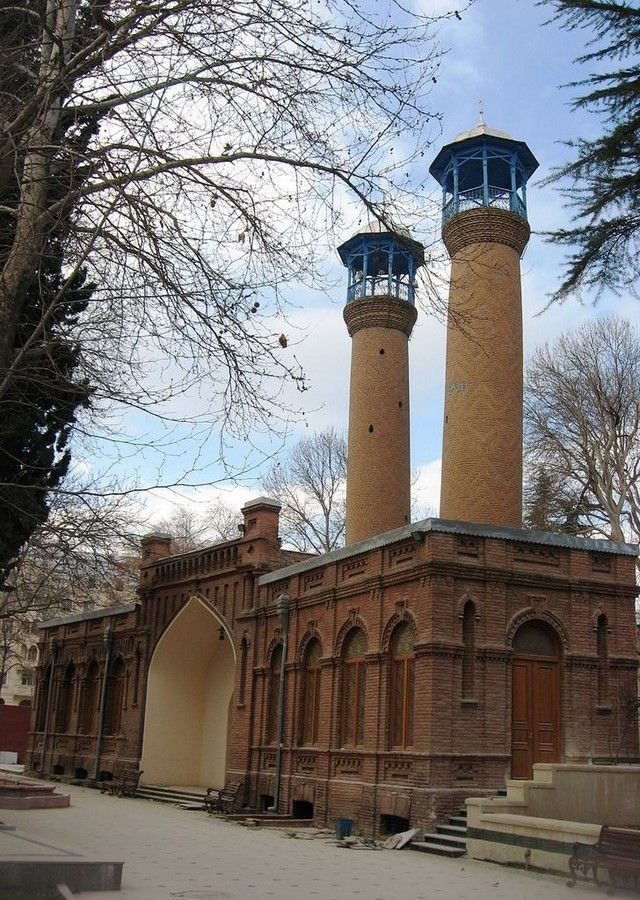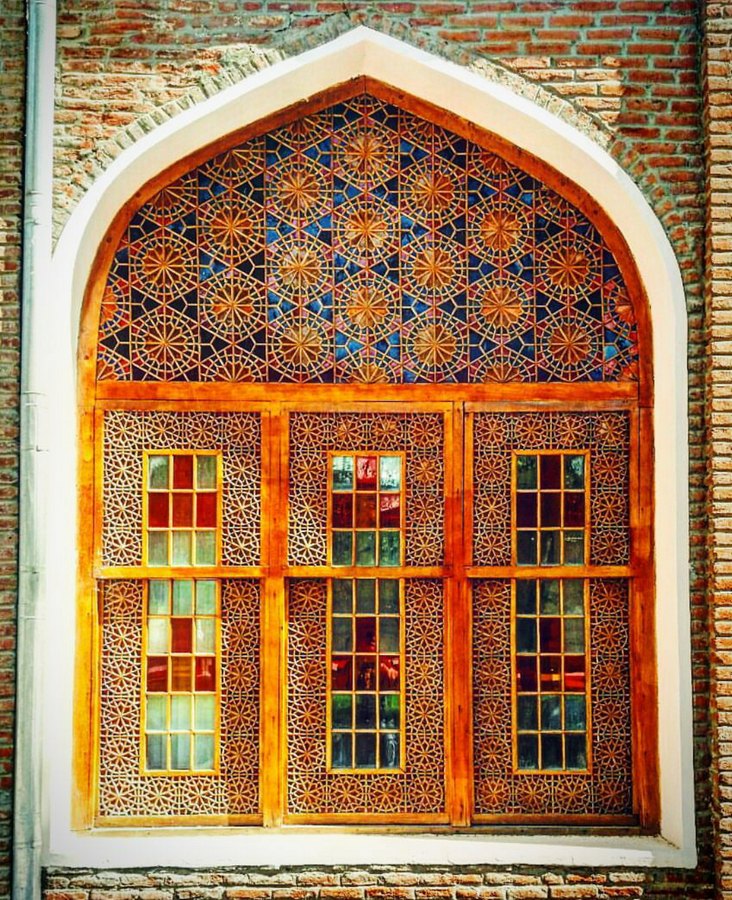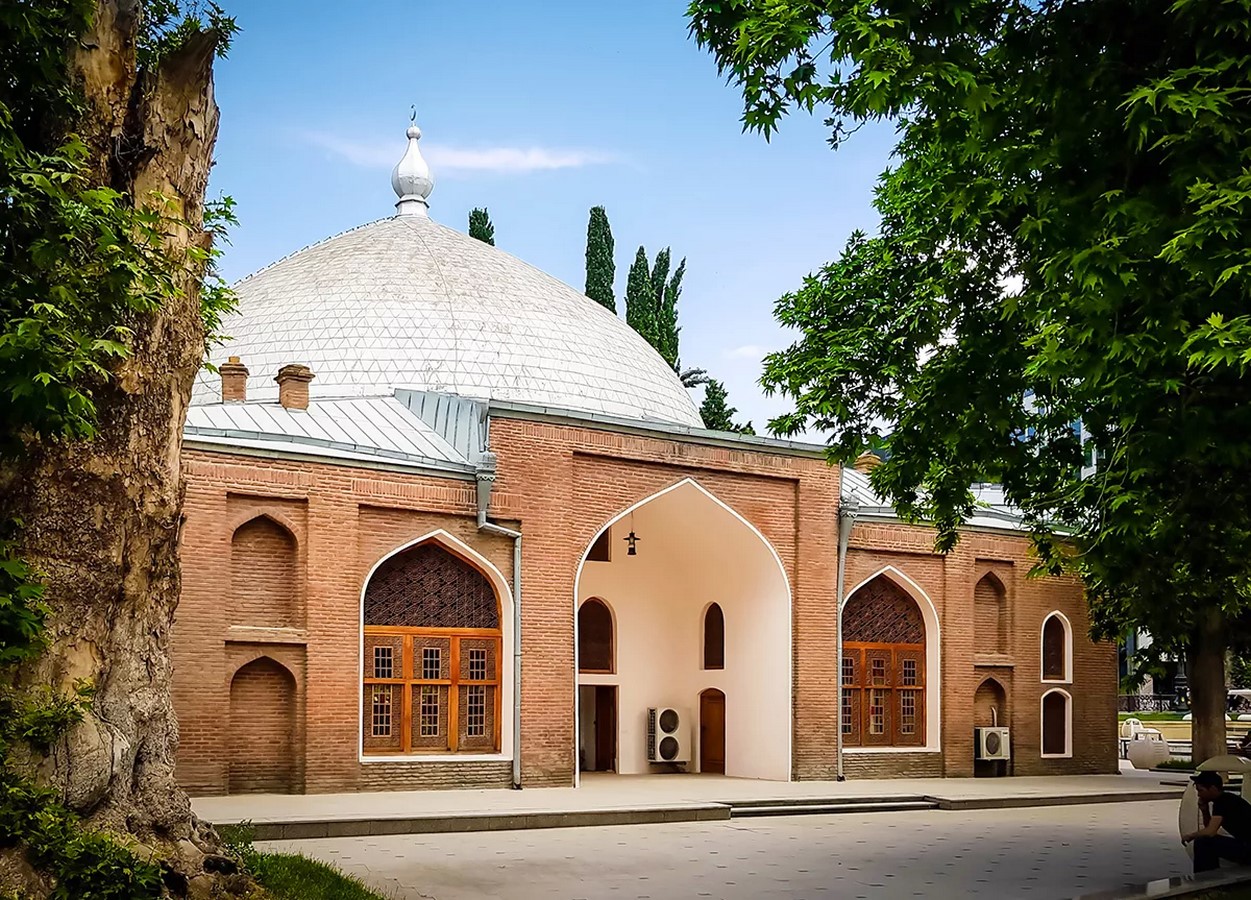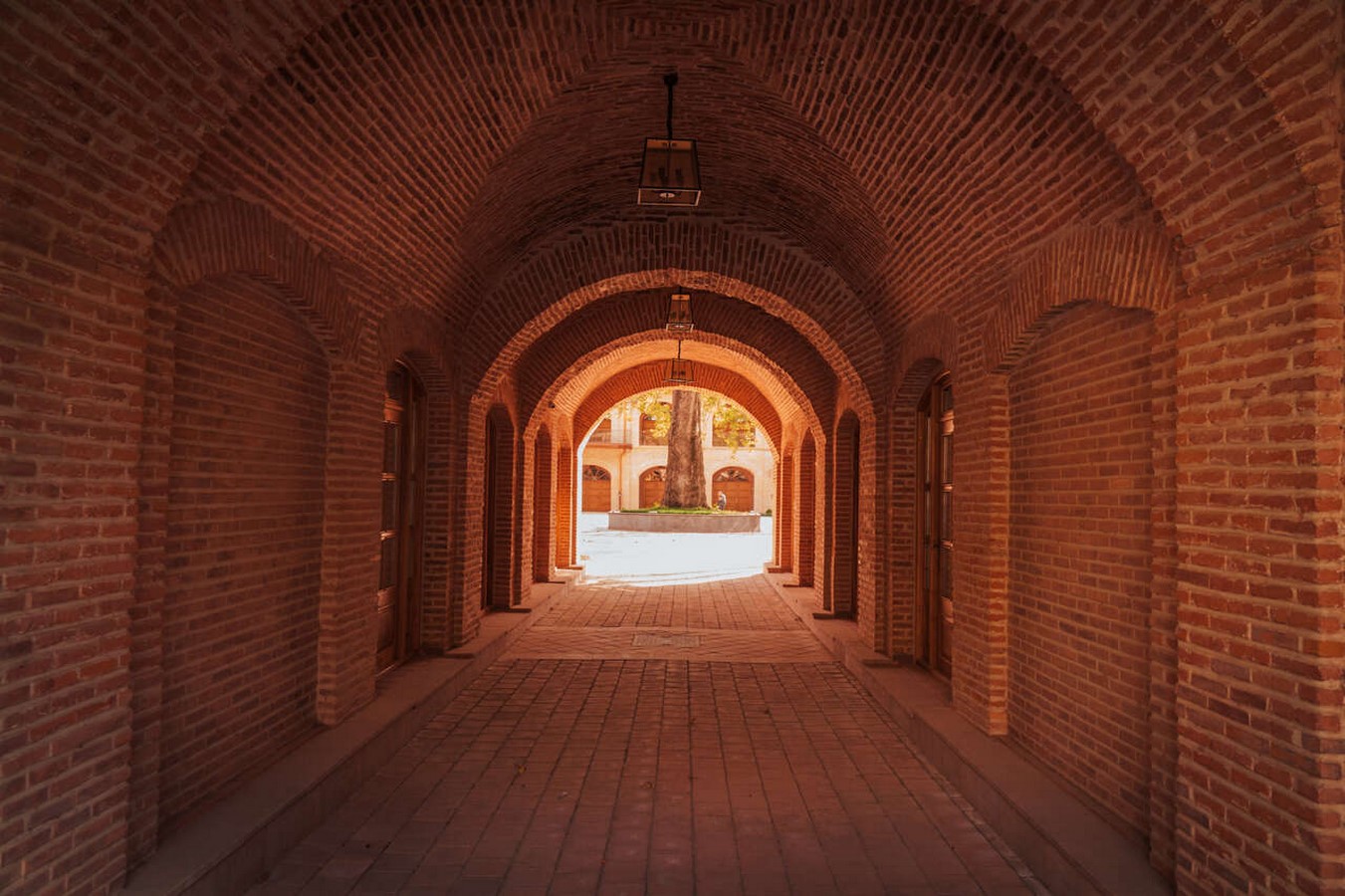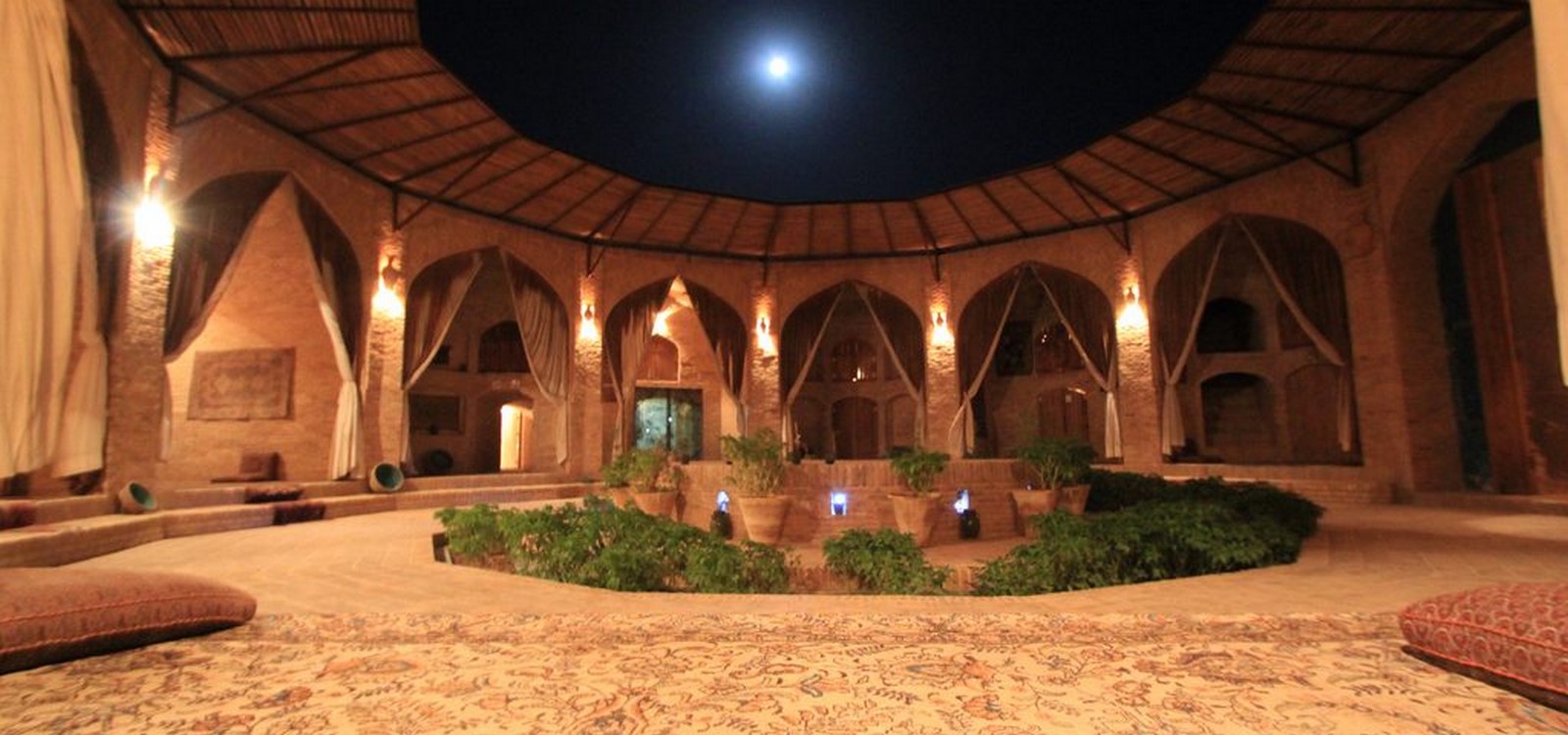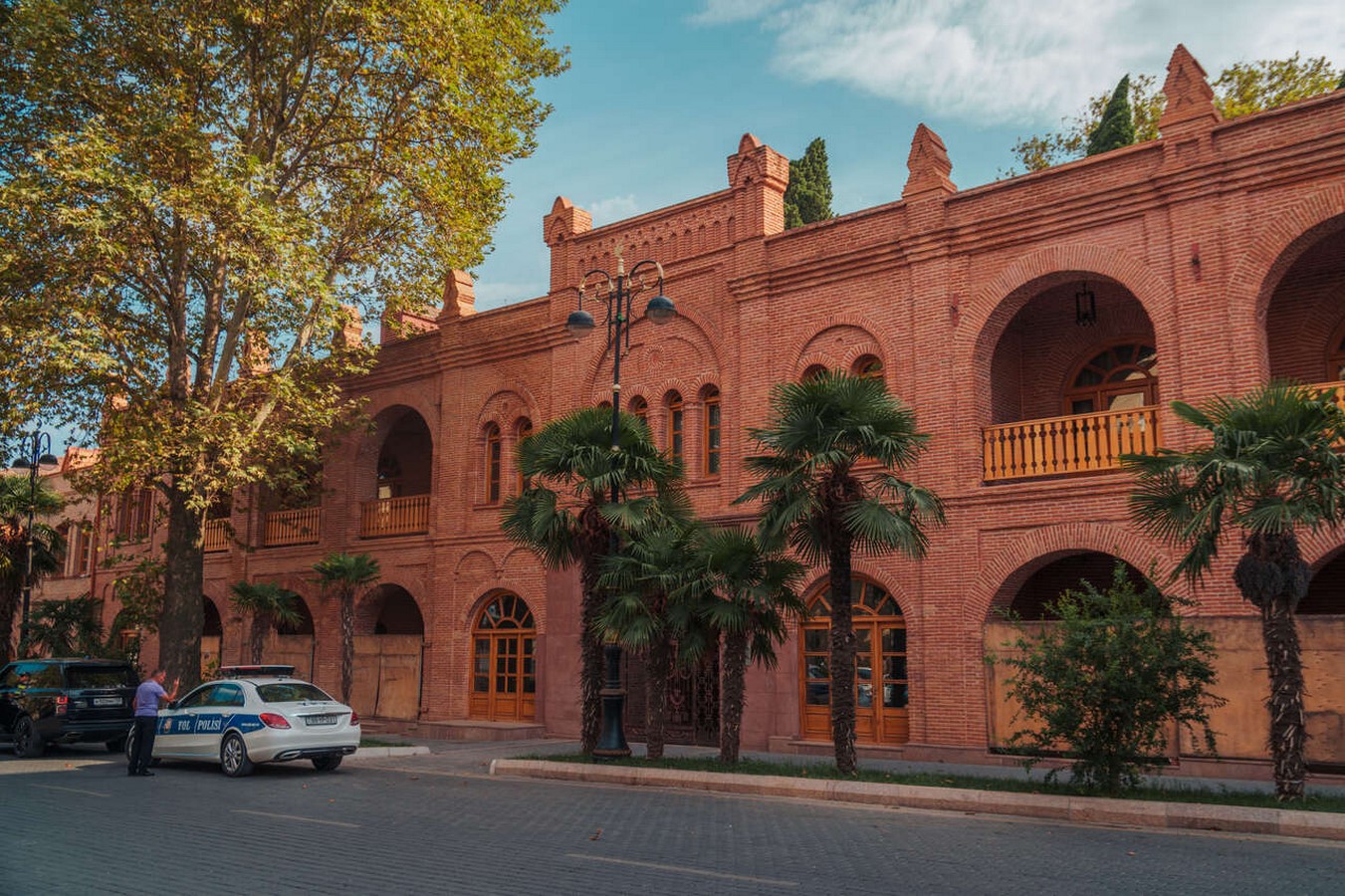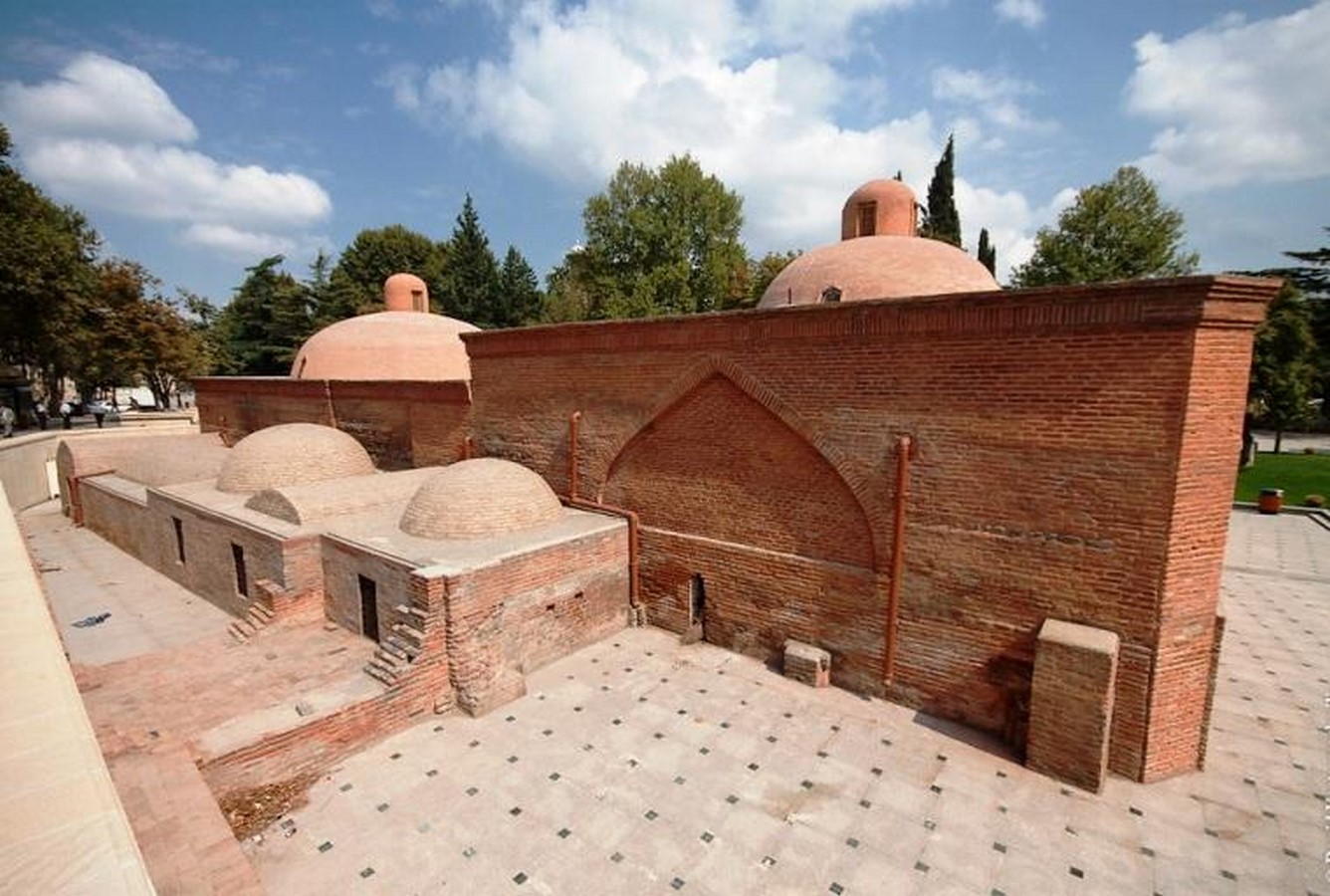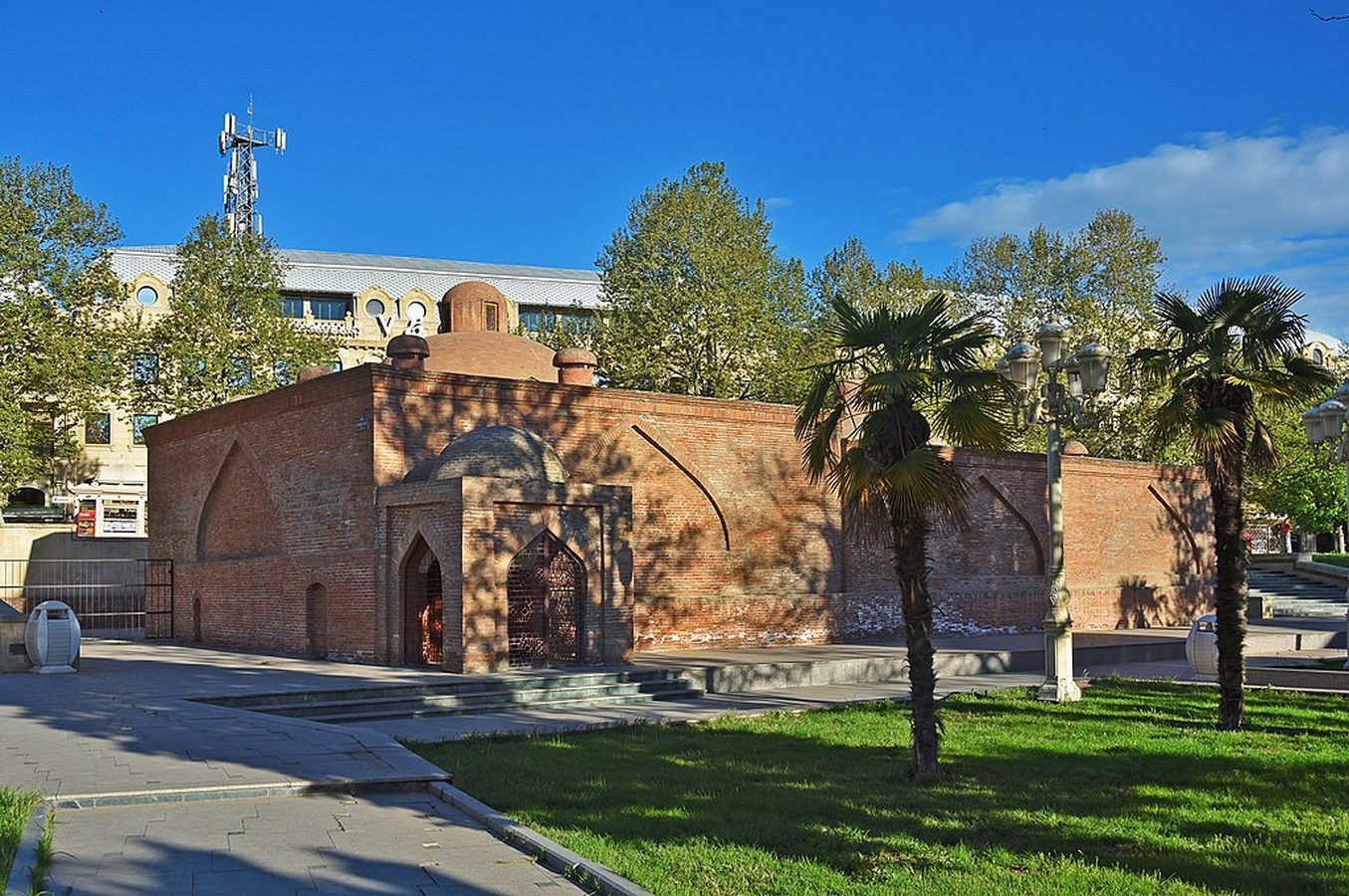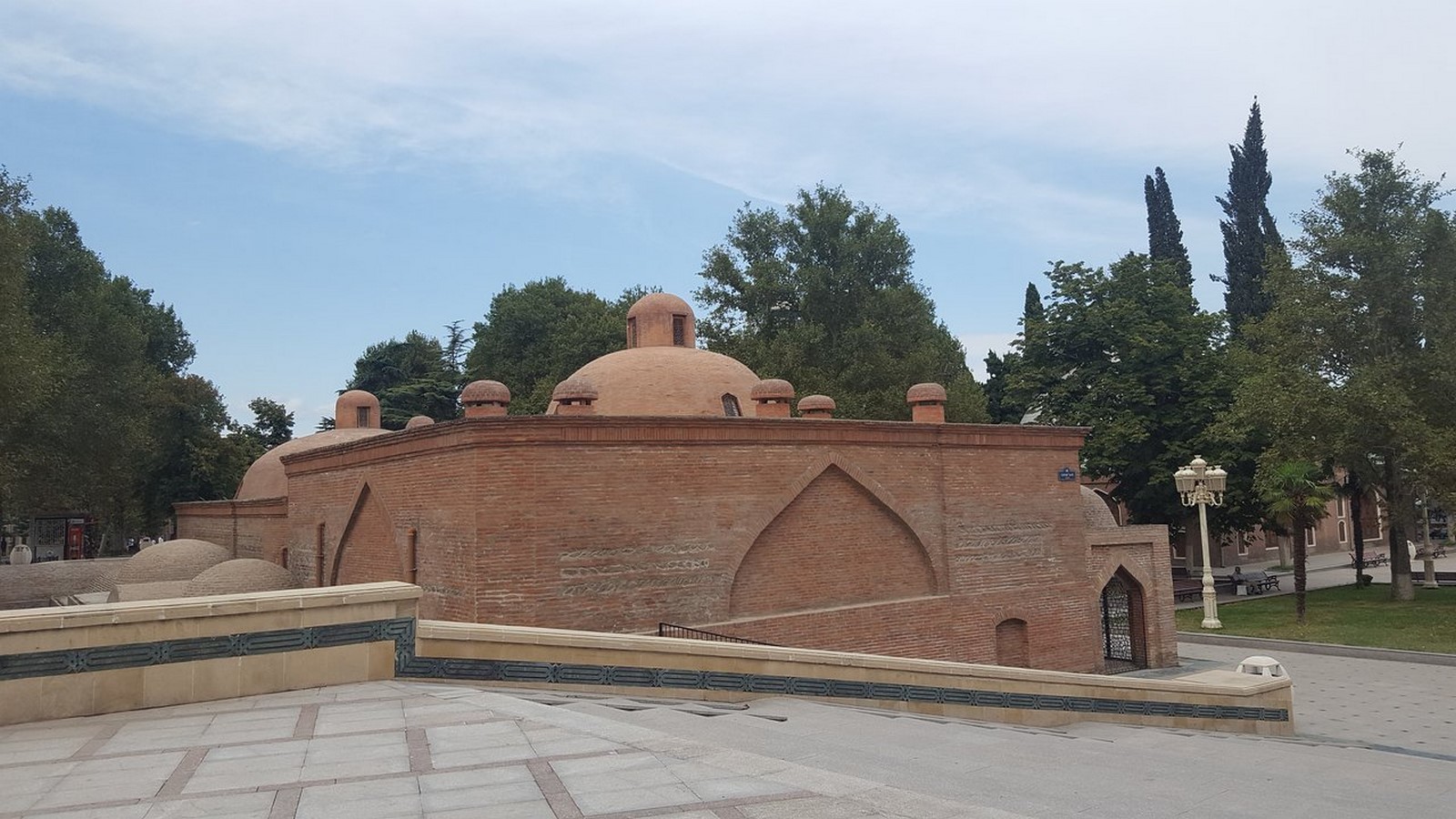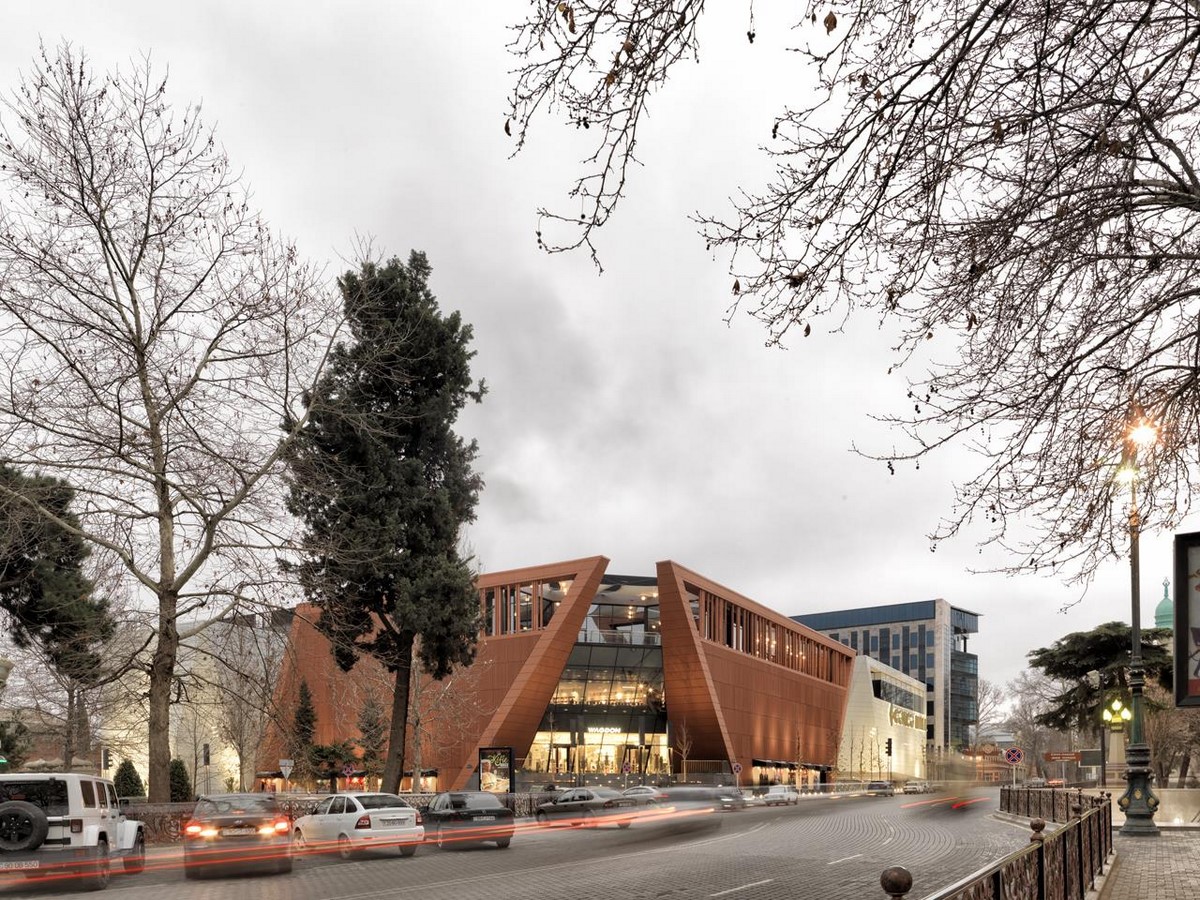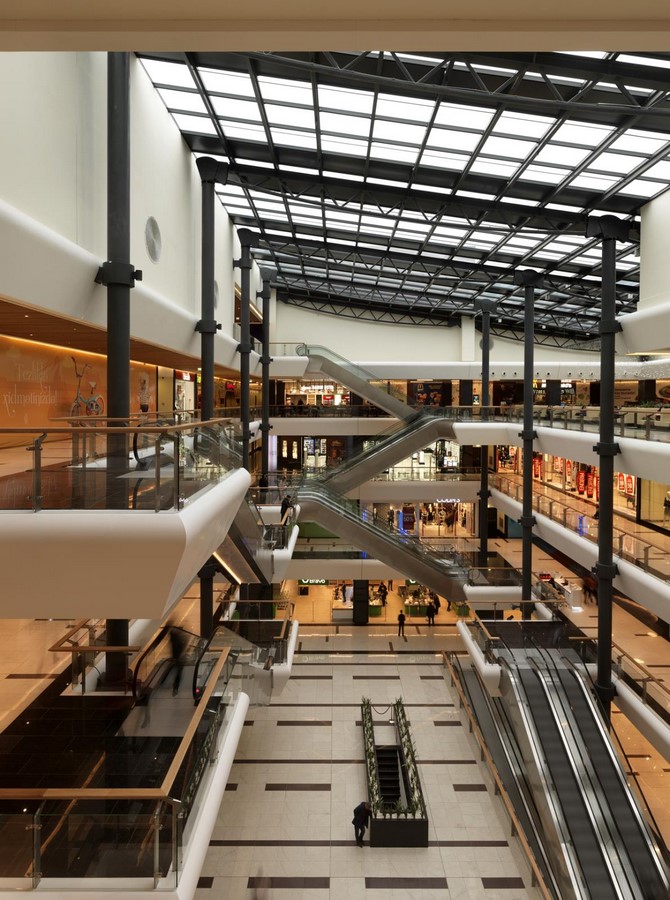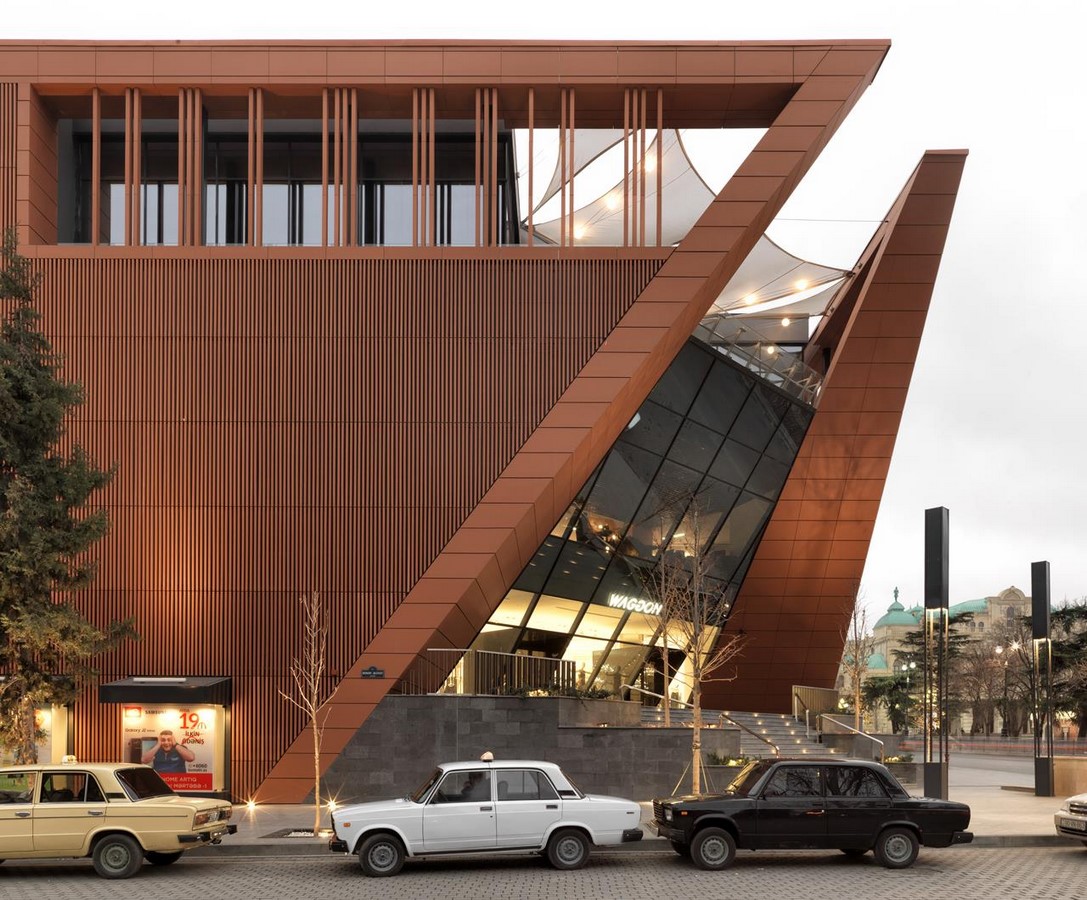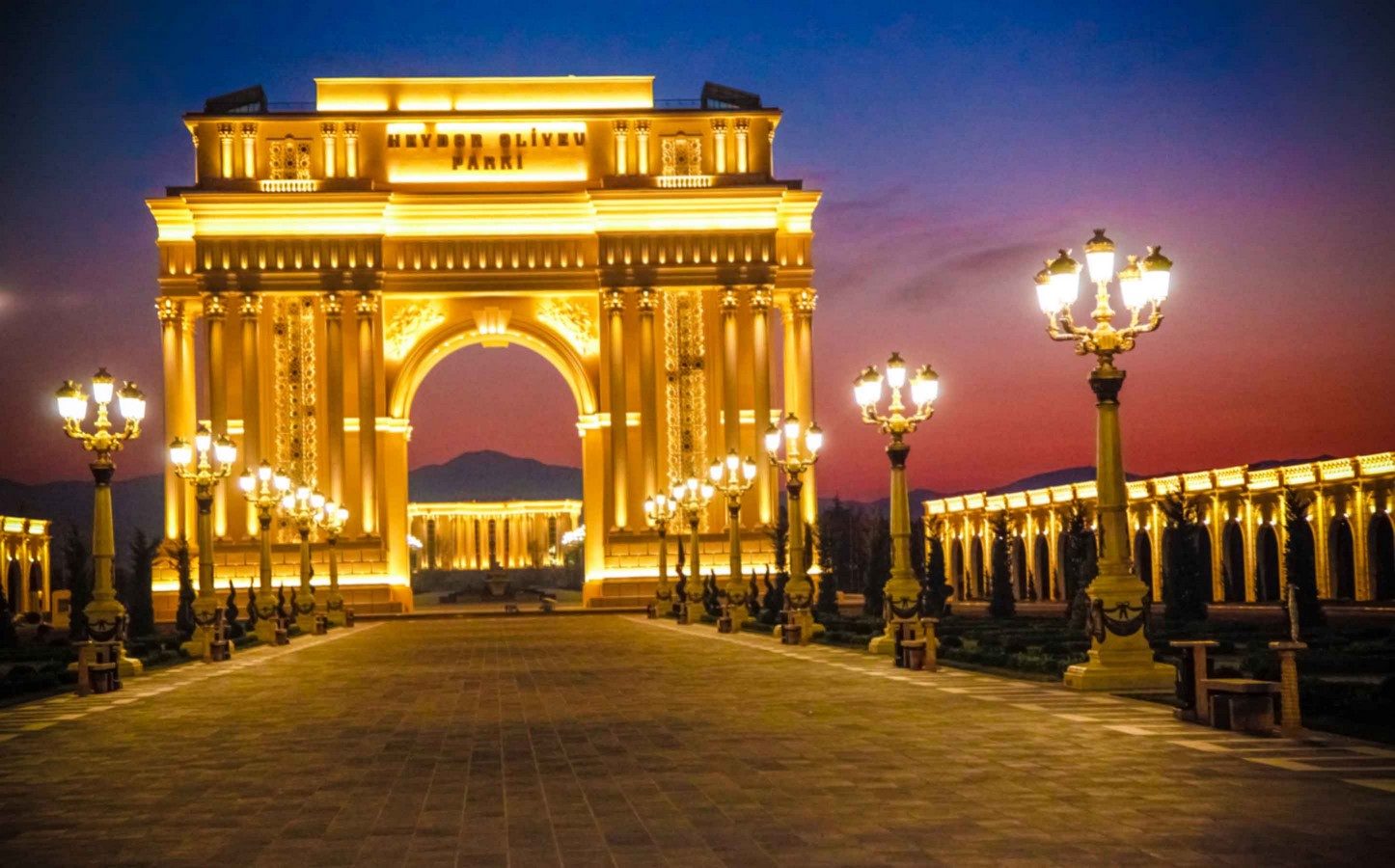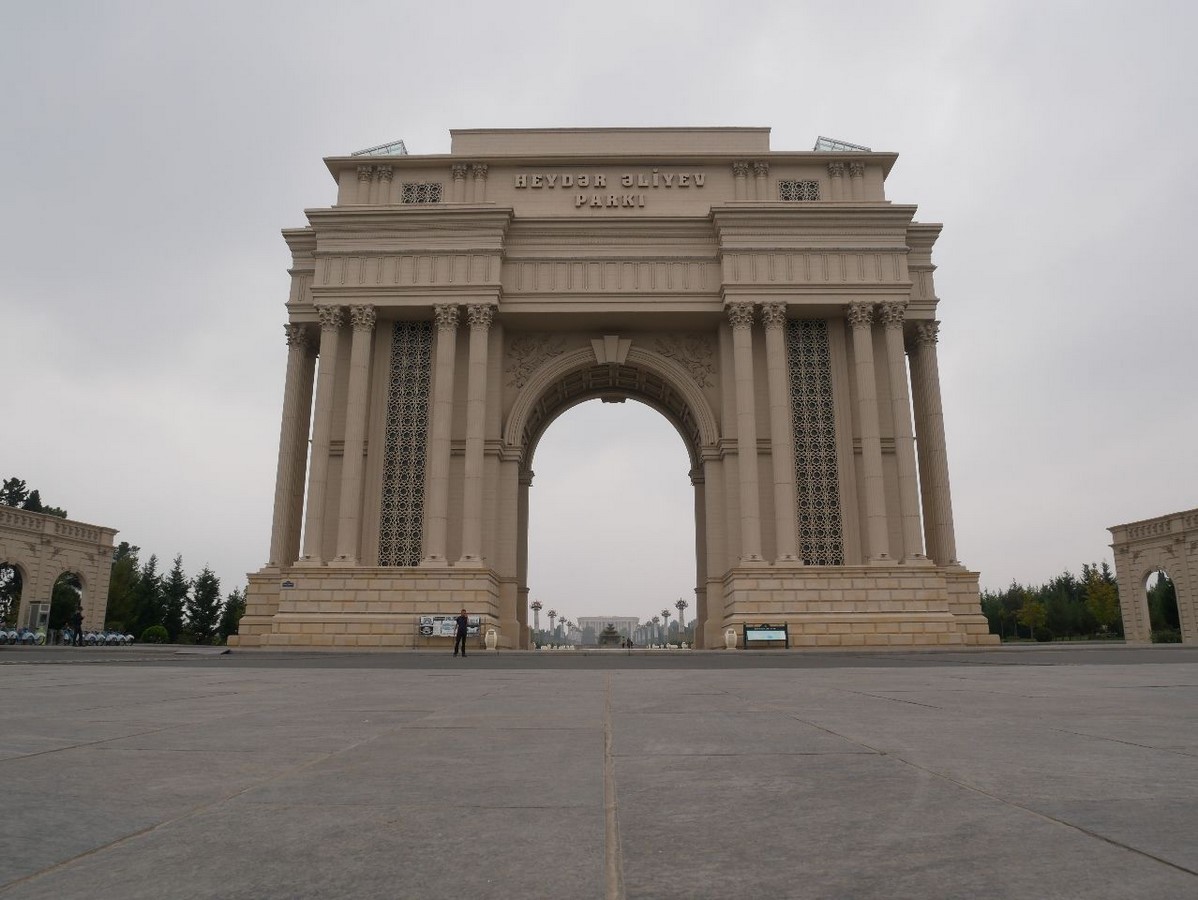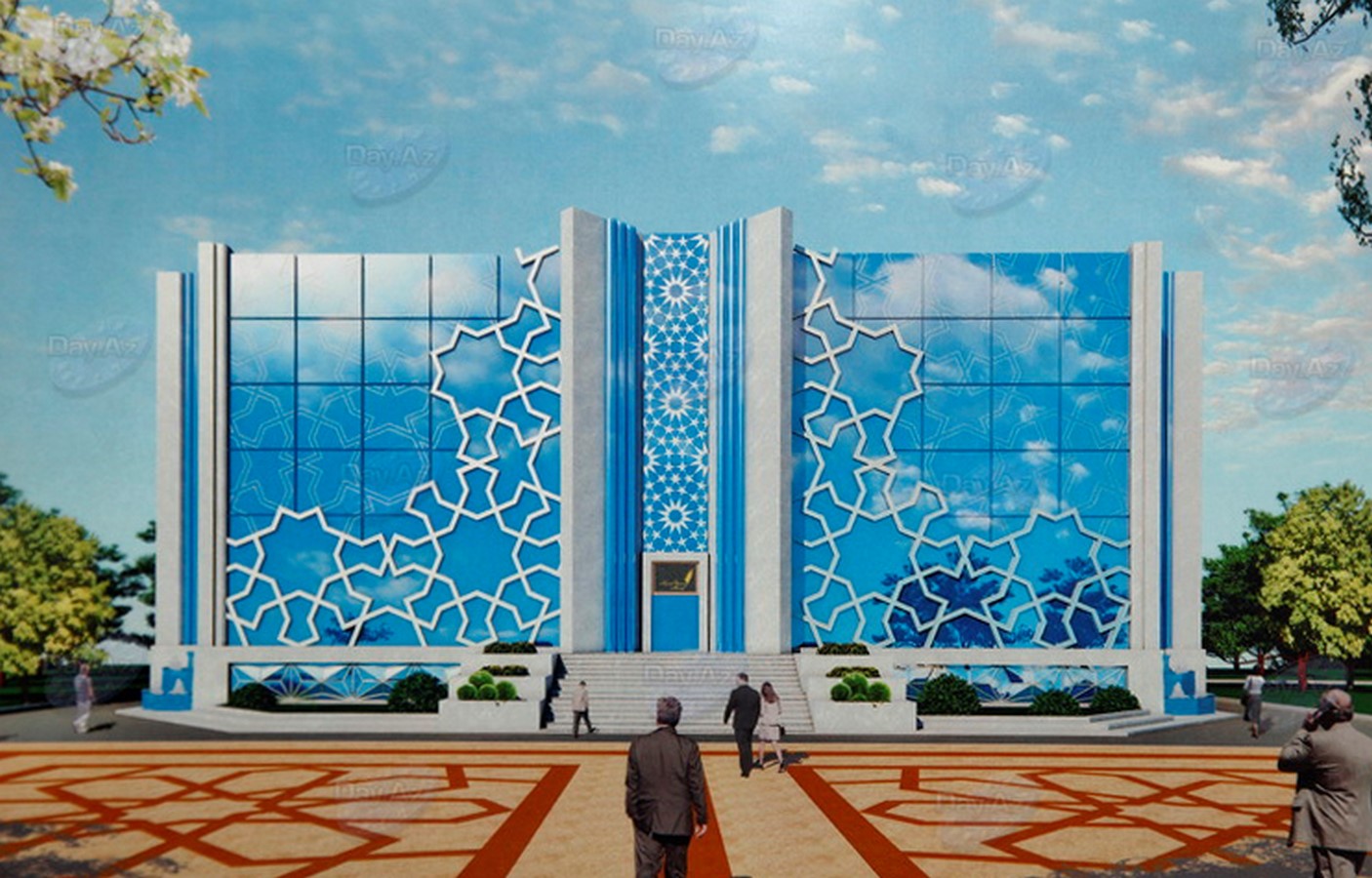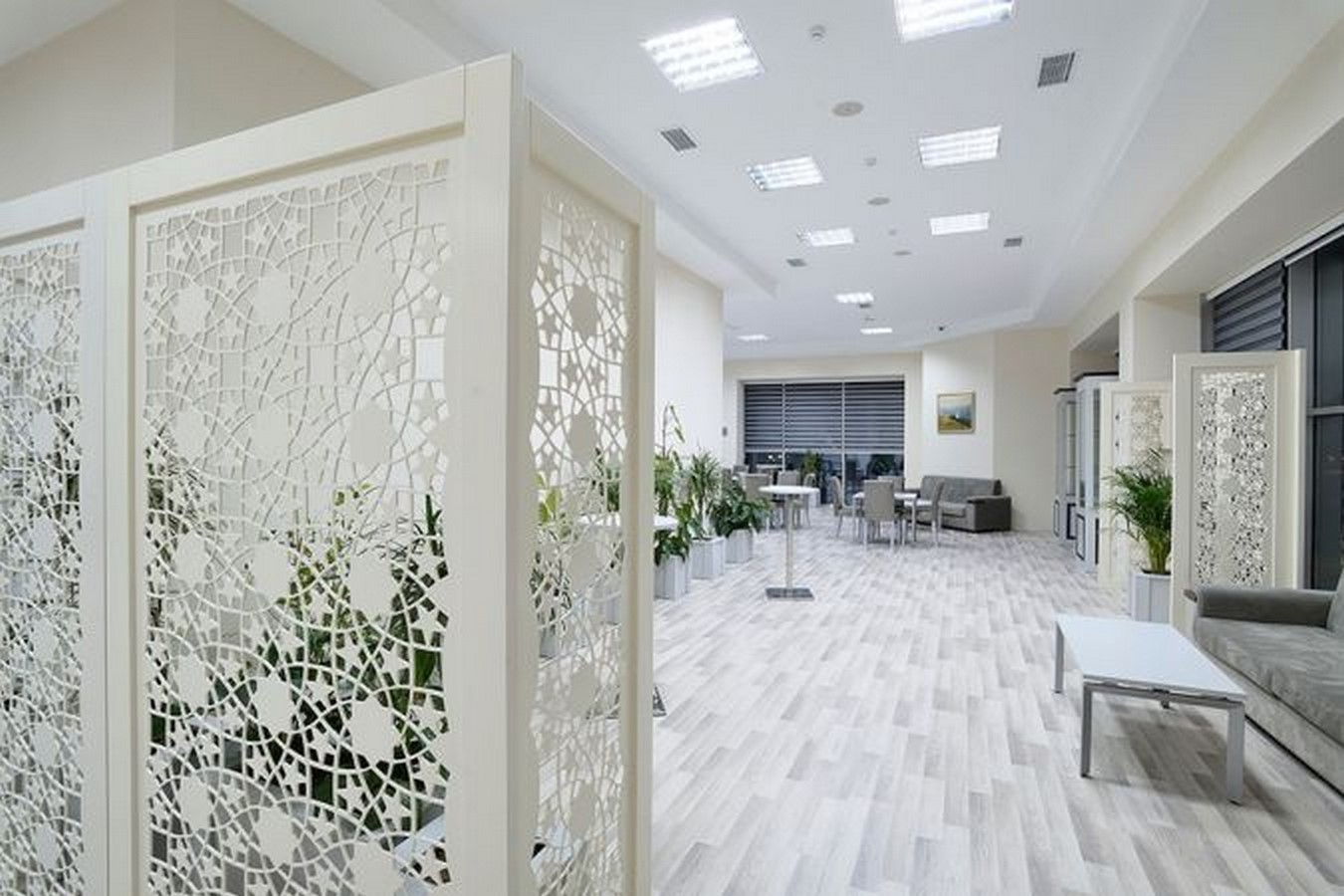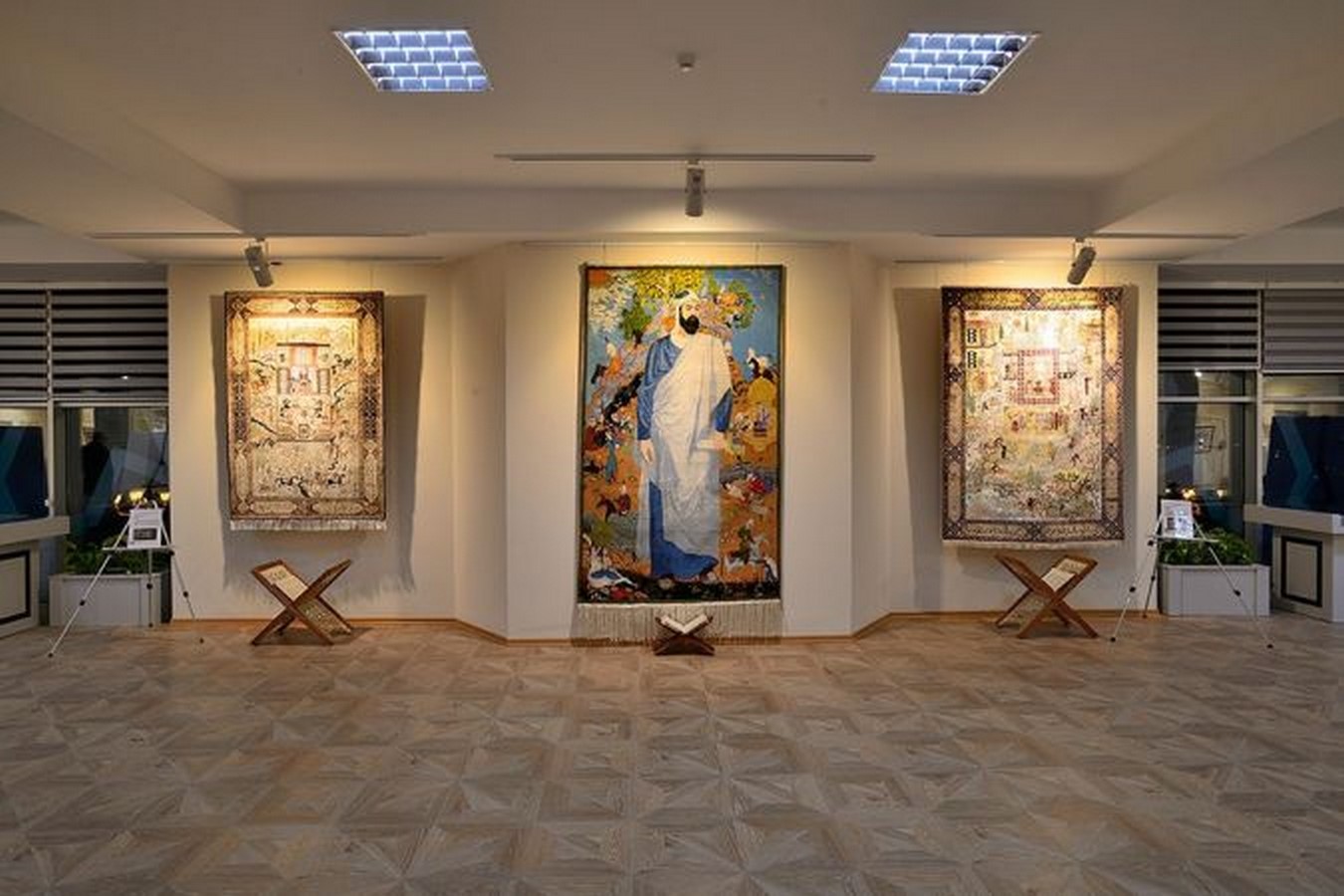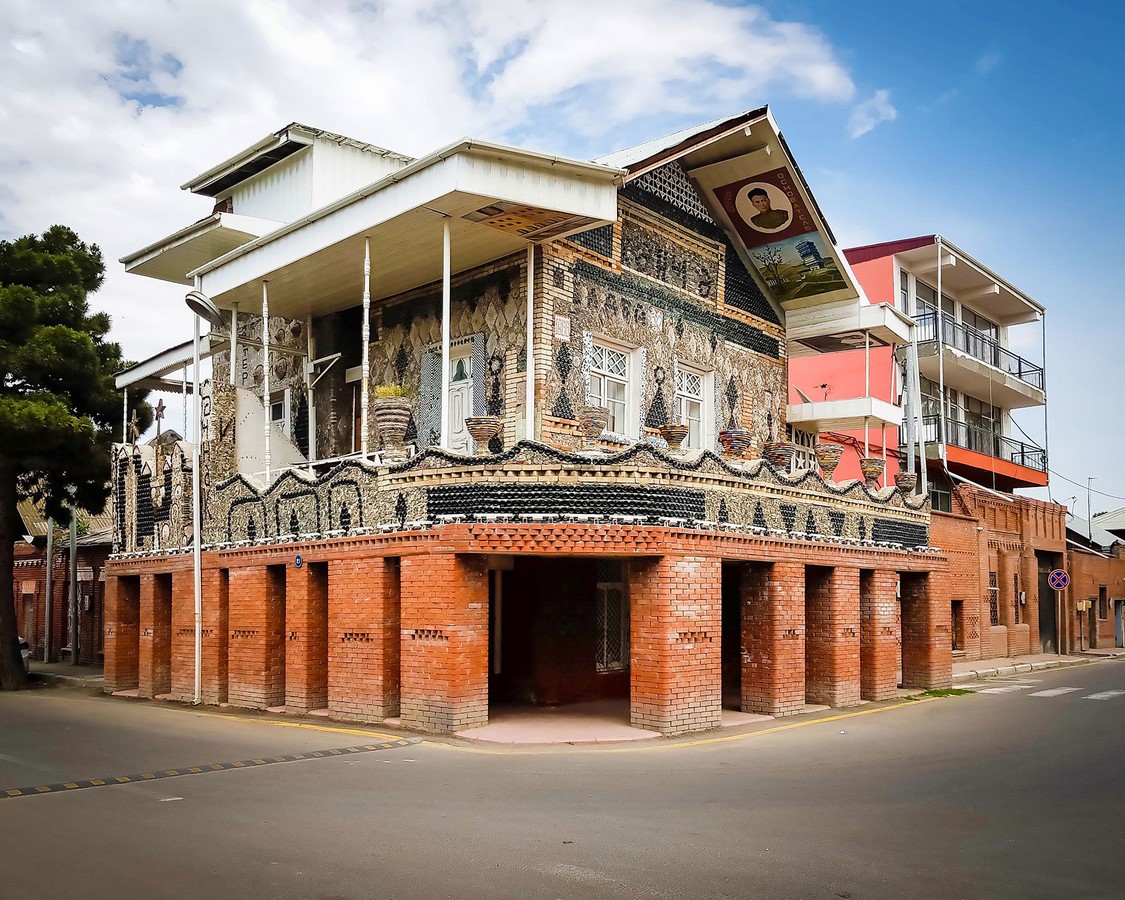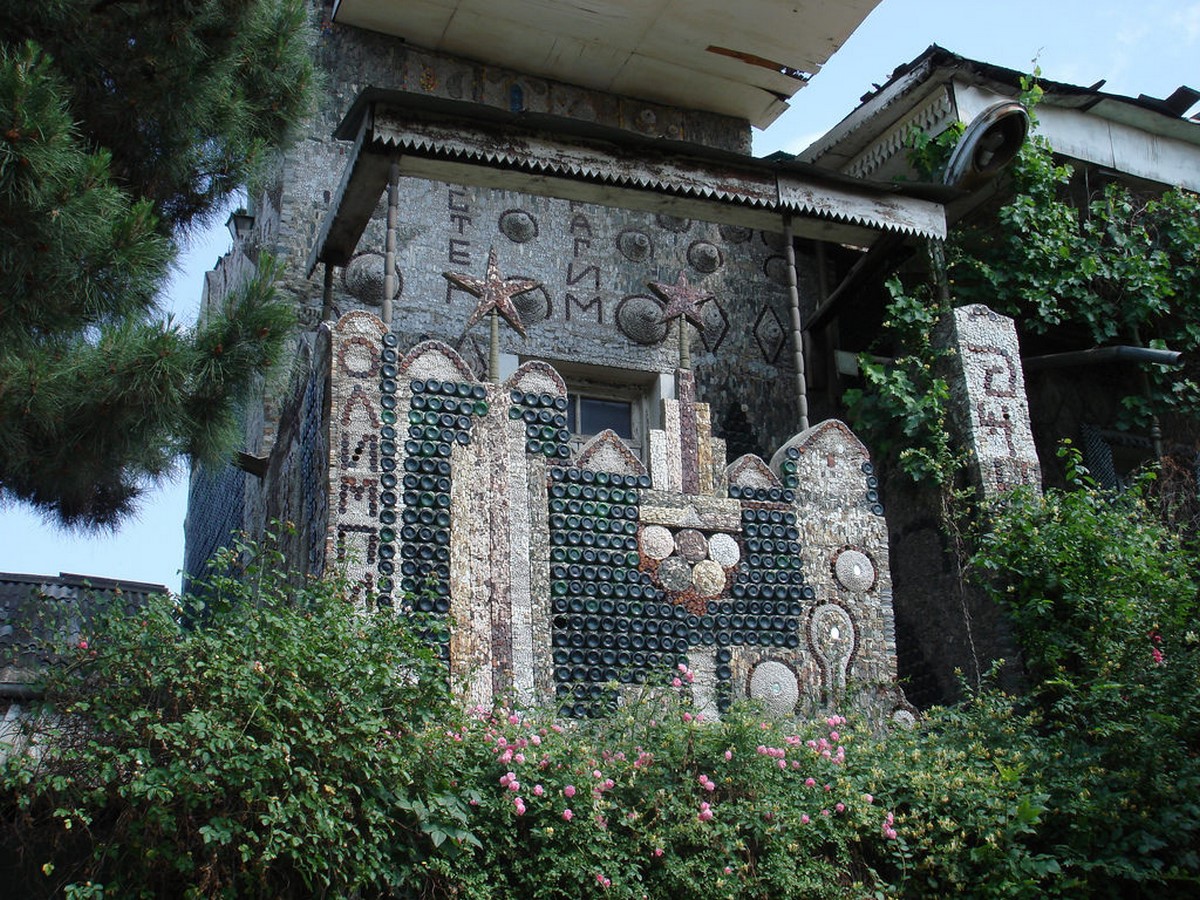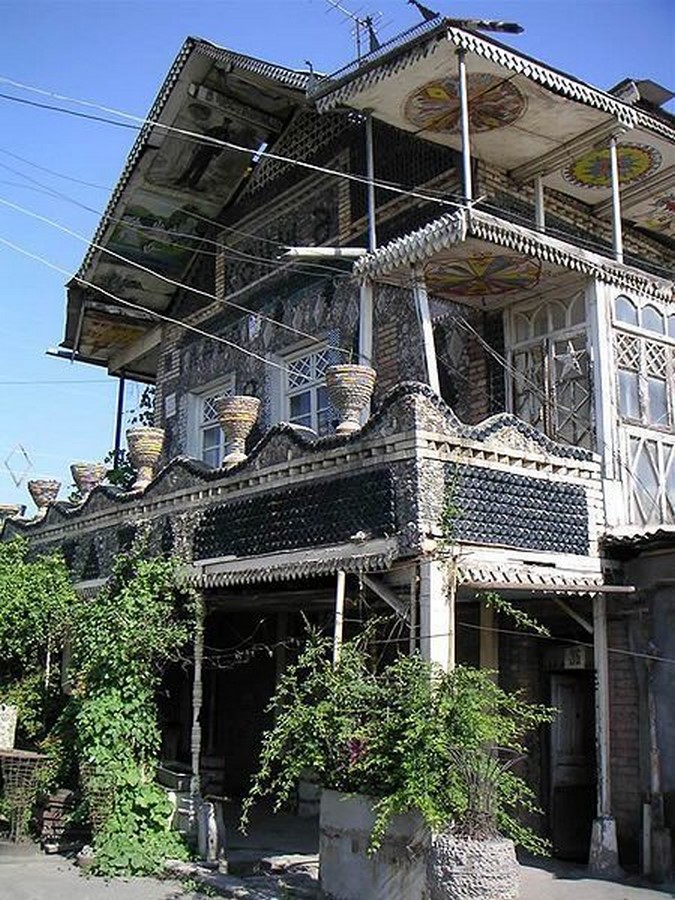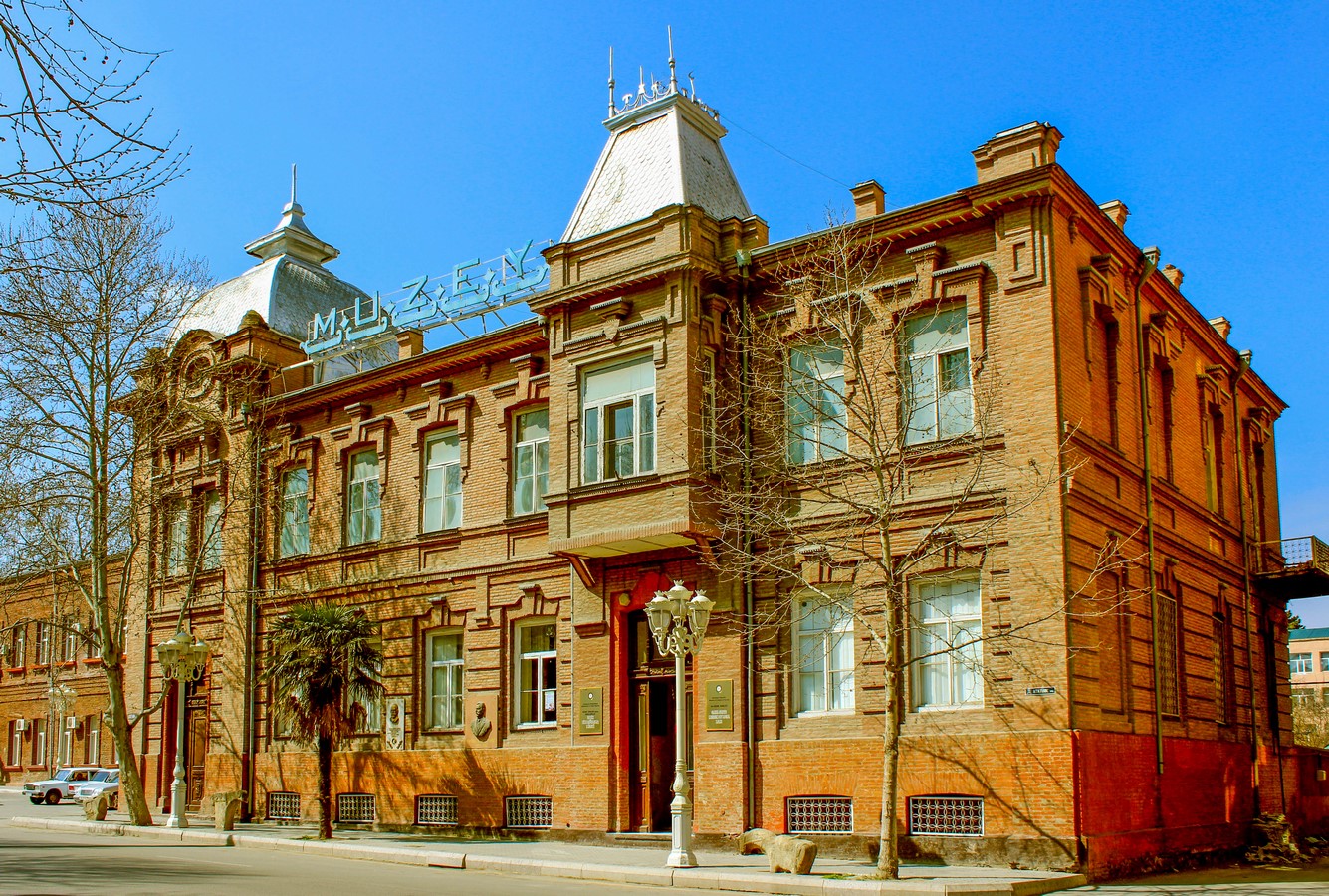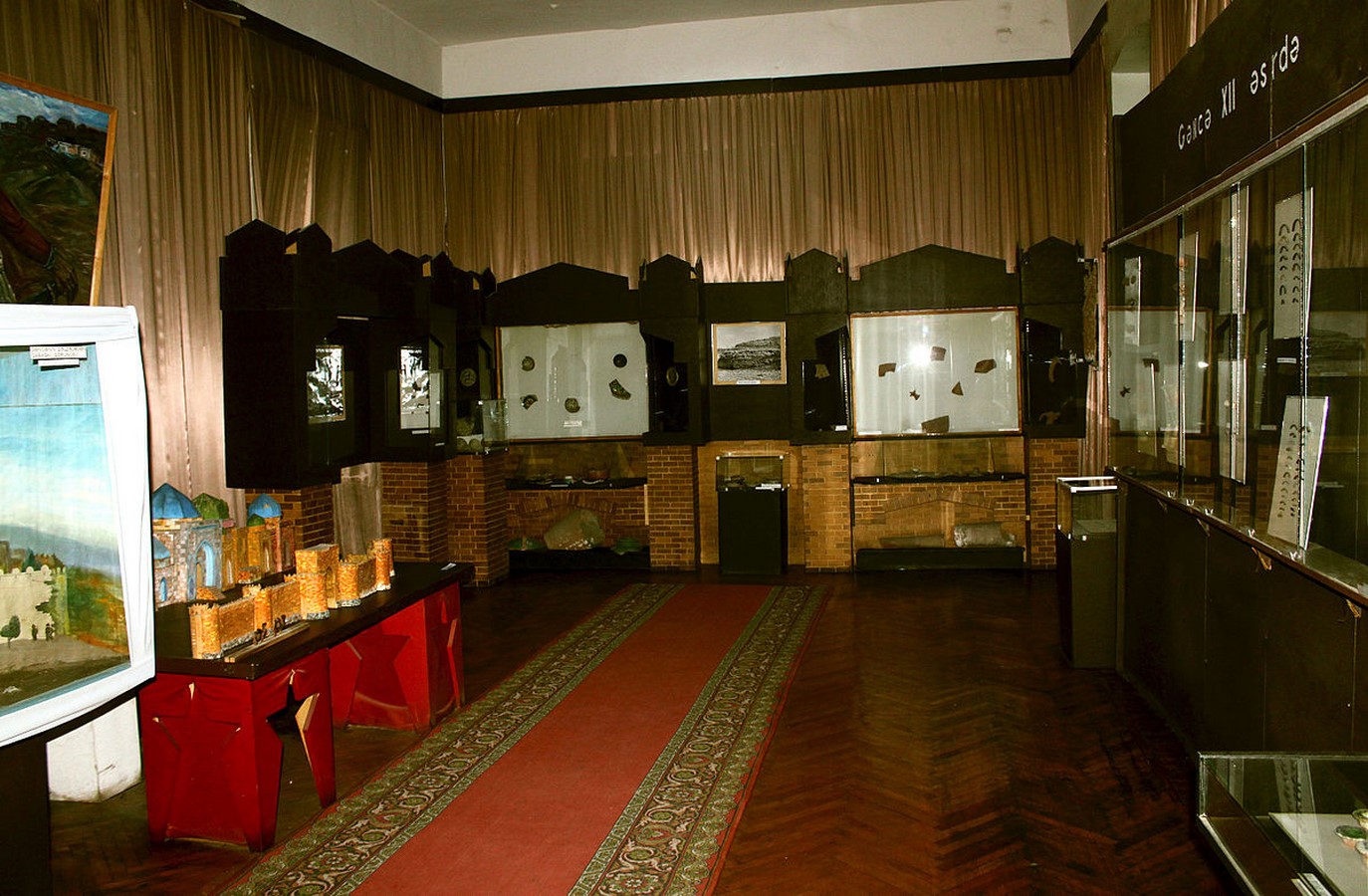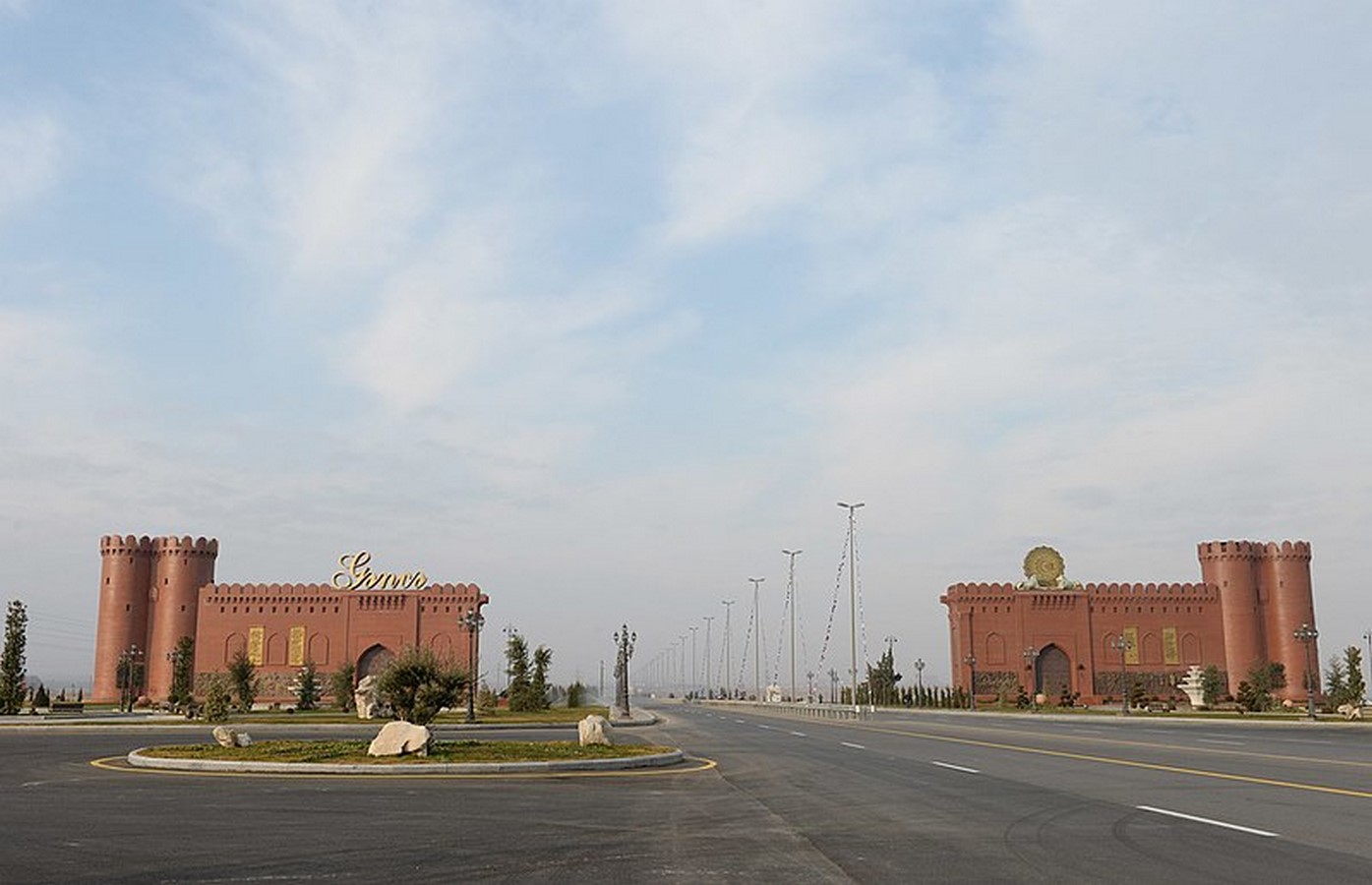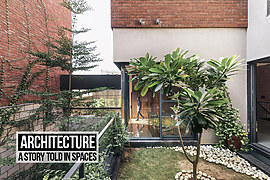“That building gives me a headache.”
A phrase, all too common. A phrase you might have heard from friends, colleagues, or even yourself – and for a myriad of reasons. Human perceptions of built environments are extremely subjective. A thing of beauty to one artist may be a headache to another. But being professional in the field of architecture and design it is important to analyze where, why, and how these buildings give us “headaches”. If you’re an architect yourself, perhaps the source of the headaches is the long hours and sleepless nights spent in front of your screens! However, being a common citizen, trying to understand the sources and triggers of these discomforts can be extremely complex.
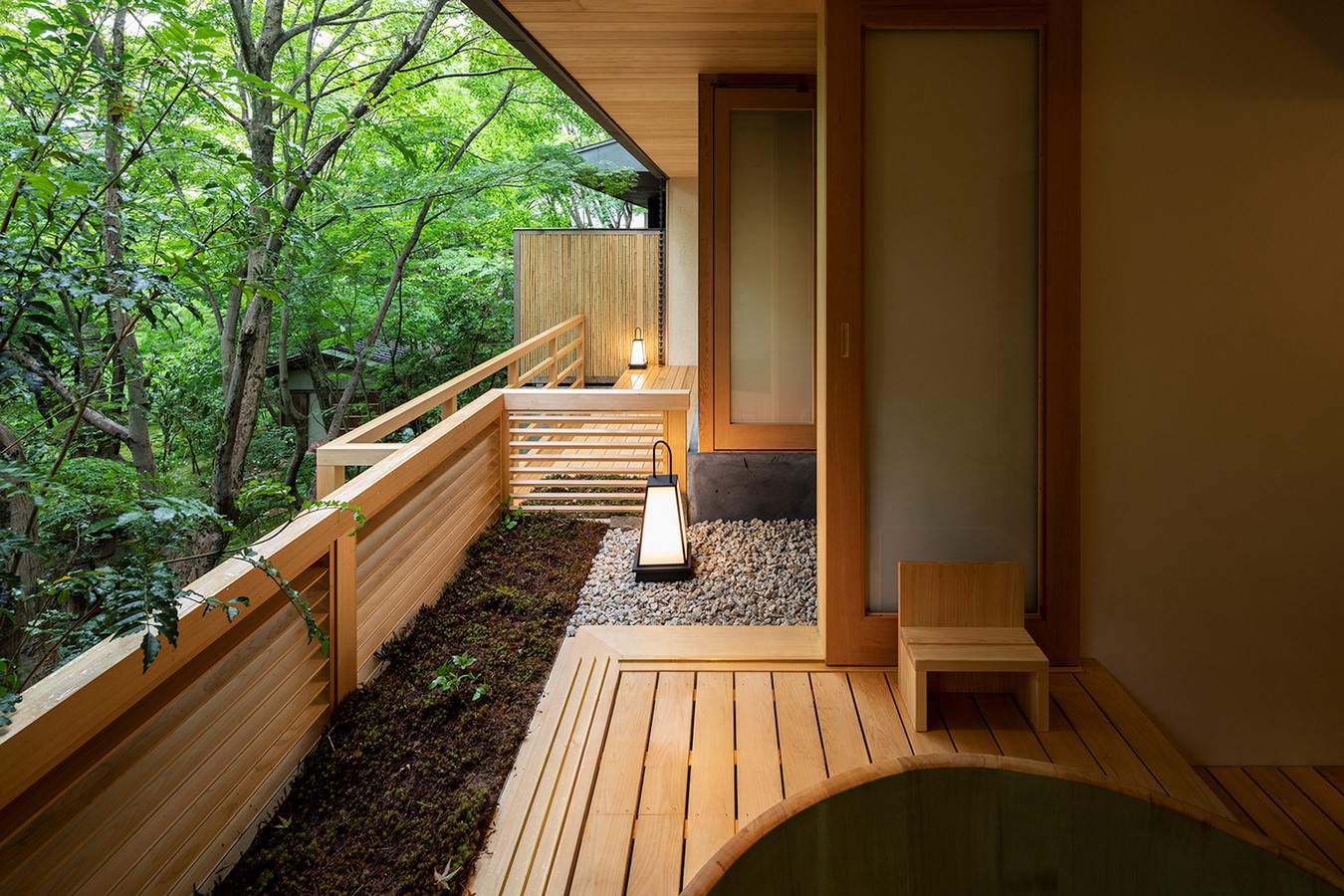
Straight lines and shades of grey, surprisingly, have been discovered to be a few of the triggers. The human mind, since prehistoric times has been accustomed to specific landscapes and scenes. These scenes include vast expanses of greenery and beautiful bodies of water, hillsides, and valleys. According to a research conducted by the University of Sussex, “In nature, as a general rule, components with low spatial frequency (large stripes) have a high contrast and components with high frequency (small stripes) have a lower contrast. We can call this simple relationship between spatial frequencies and contrast a “rule of nature”. Put simply, scenes from nature have stripes that tend to cancel each other out, so that when added together no stripes appear in the image.” This explains, to some degree, why looking at stripes of grey and black may be a stress-inducing event for some.
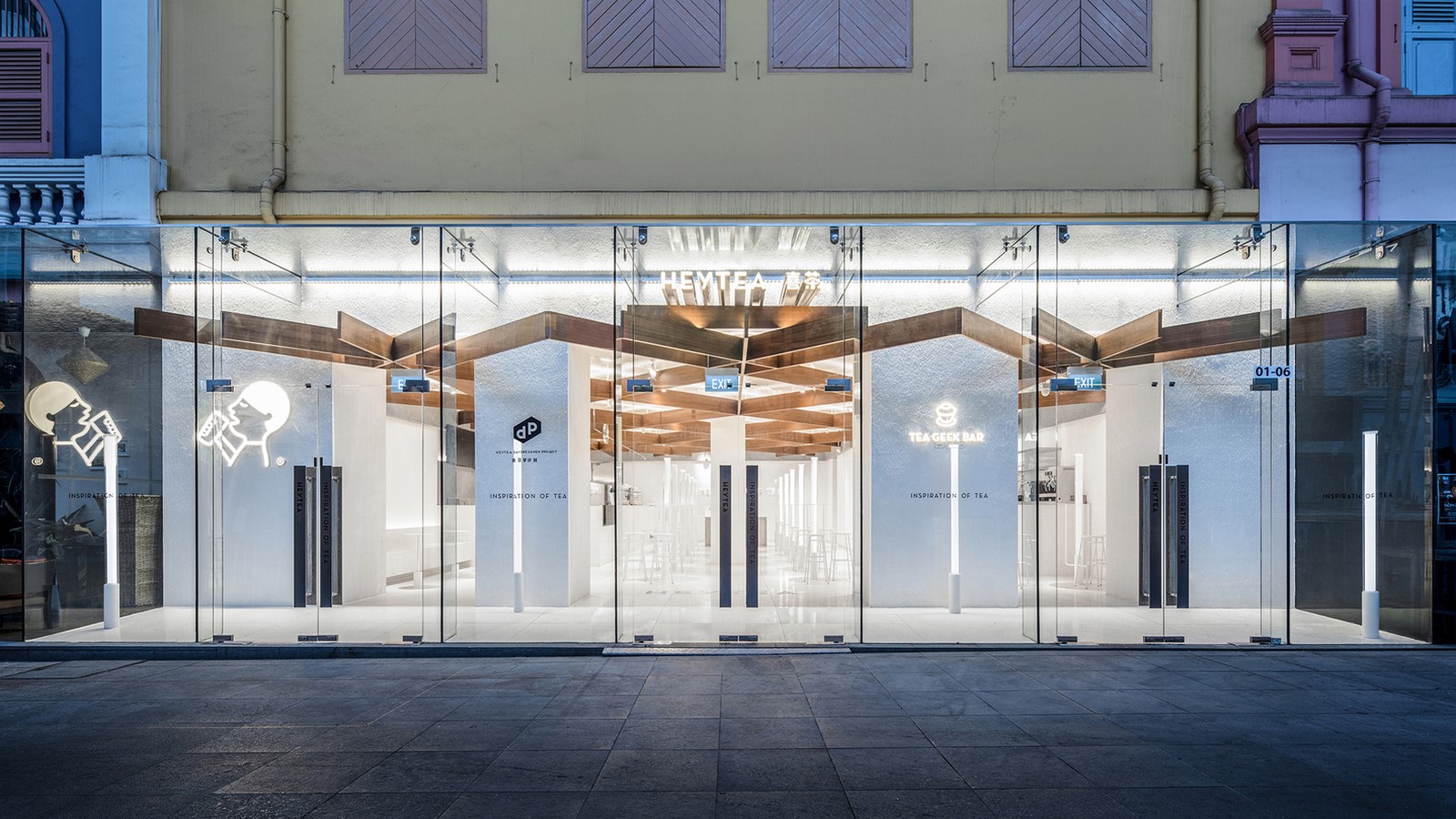
However, the impact a structure has on the minds of its occupants or user is not always negative. Many architects and interior designers have been using elements and principles of design to combat ailments like anxiety and depression. Everyone has their one nook or corner of the world that they like to call their own. A place that makes them feel safe, secure, and comfortable. While it is hard to measure factors like security and comfort using quantitative metrics, researchers have established relationships between form and feelings.
These relationships tend to manifest themselves most apparently in public spaces, typologies like hospitality and institutions. People with anxiety tend to find more comfort in corners of spaces, where there is a degree of privacy and they can exercise control over their limited personal space. As a result, more and more cafeterias and public spaces have started including partitions and dividers to maximize corner spaces. Another important element that makes people feel much more comfortable in built environments in natural lighting. There exists a direct correlation between the ingress of sunlight into a building and the degrees of comfort experienced by the residents.
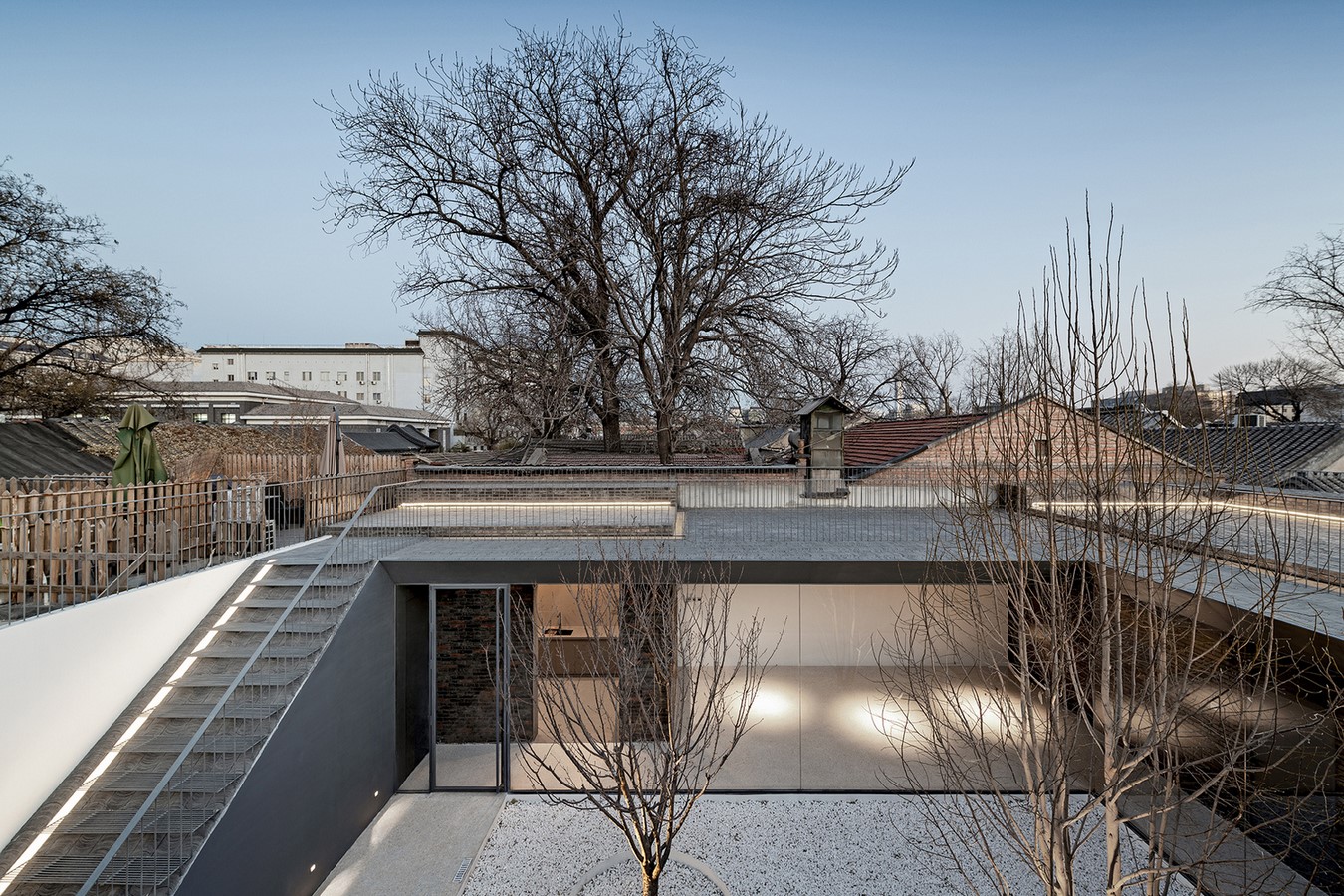
That being said, the influence of built environments is in every sense of the word, limited. A human mind is a complex machine that is constantly being stimulated by its surrounding, of which architecture is a small but significant portion. The true intricacies are best examined by the professionals of the relevant sphere.
Architecture happens to be one of the most interdisciplinary fields of study. The formal course of education itself incorporates history, law, psychology, structures, fine art – to name a few. A new section of the field termed Environmental Behaviour Studies examines the relationship between built environments and the impact they have on human psychology. Building Biology happens to be another up and coming field that studies the health of buildings, not limited to the longevity of the buildings themselves, but also including the impact they have on the health of the users occupying them.
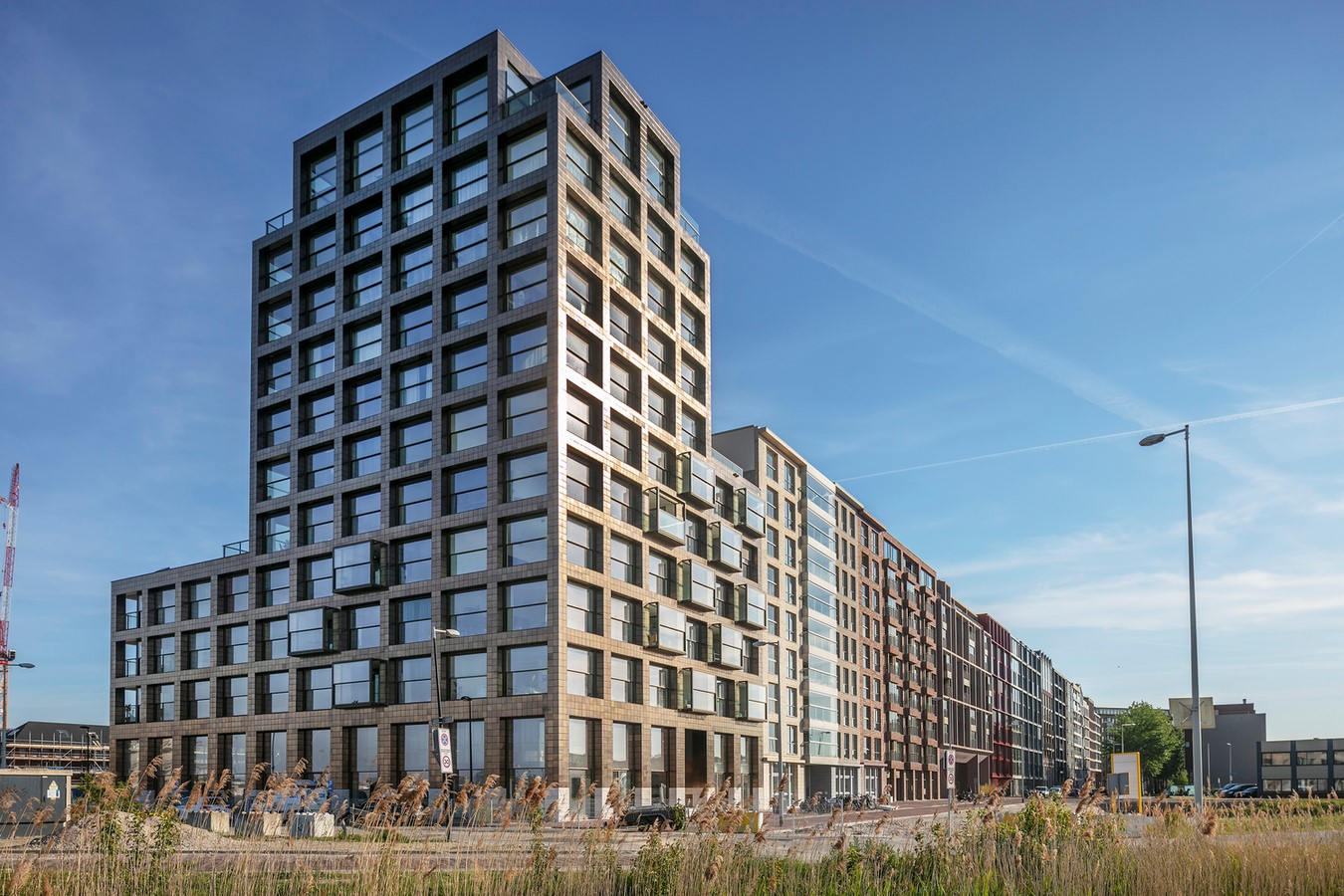
Research has shown that the perception of architects and designers regarding the environments they build varies greatly from the perception of the final users or stakeholders. With the intense segregation of society into different ethnicities, ages, genders and socio-economic backgrounds, this disparity has only become more pronounced. In the words of Dutch architect Neils Prak “The common sense of architects is not the common sense of the user”. Each of the aforementioned sections of society has unique individual and collective perceptions which is why context and positionality have become increasingly important areas of study in the modern world of architecture.
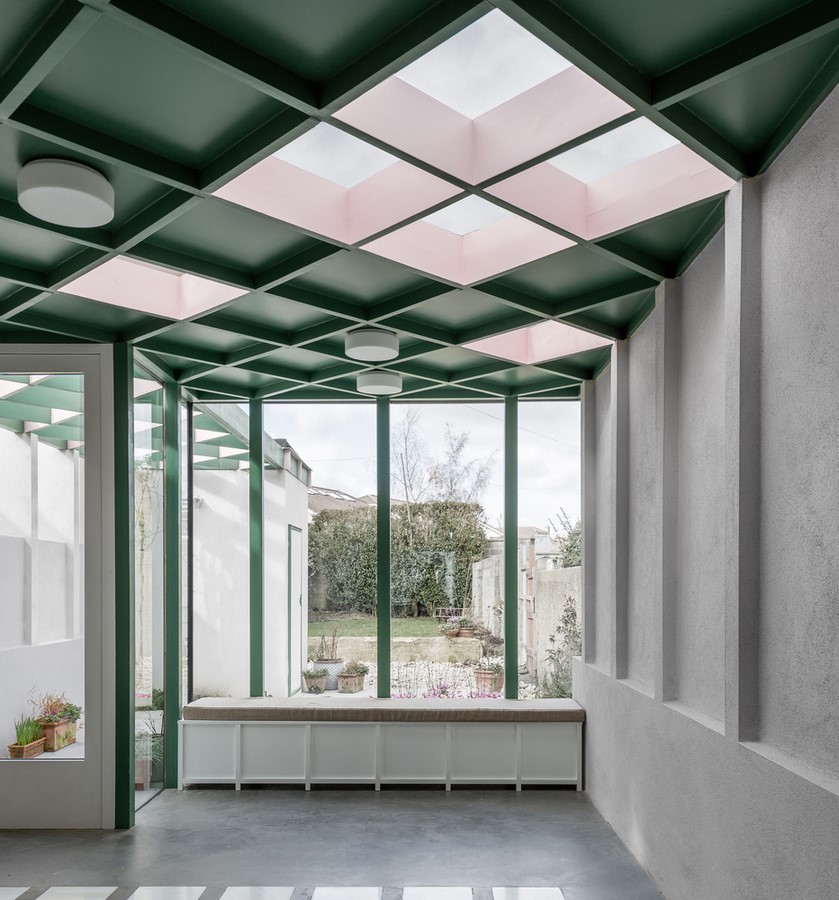
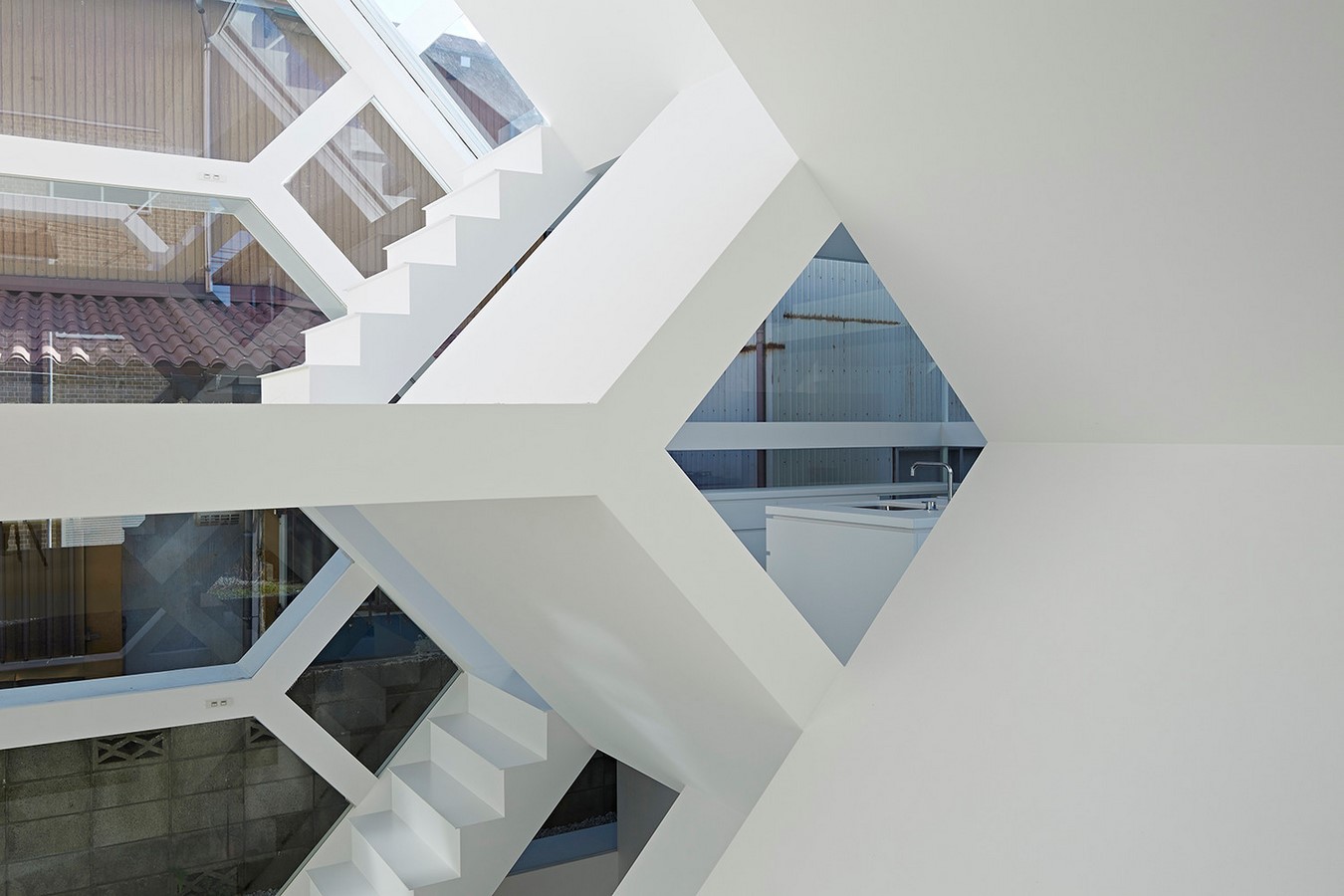
The human mind is the most complex organ of the human body. Understandably, our perception of the environment around us is deeply intertwined with equally complex mechanisms like positionality, aesthetics, and ecology. There is a lot yet to be discovered in this particular branch of architecture, as there is no end to the intricacies of the human mind. We as architects and planners should use the best of our abilities to incorporate these seemingly minor, but extremely consequential complexities into our designs.









